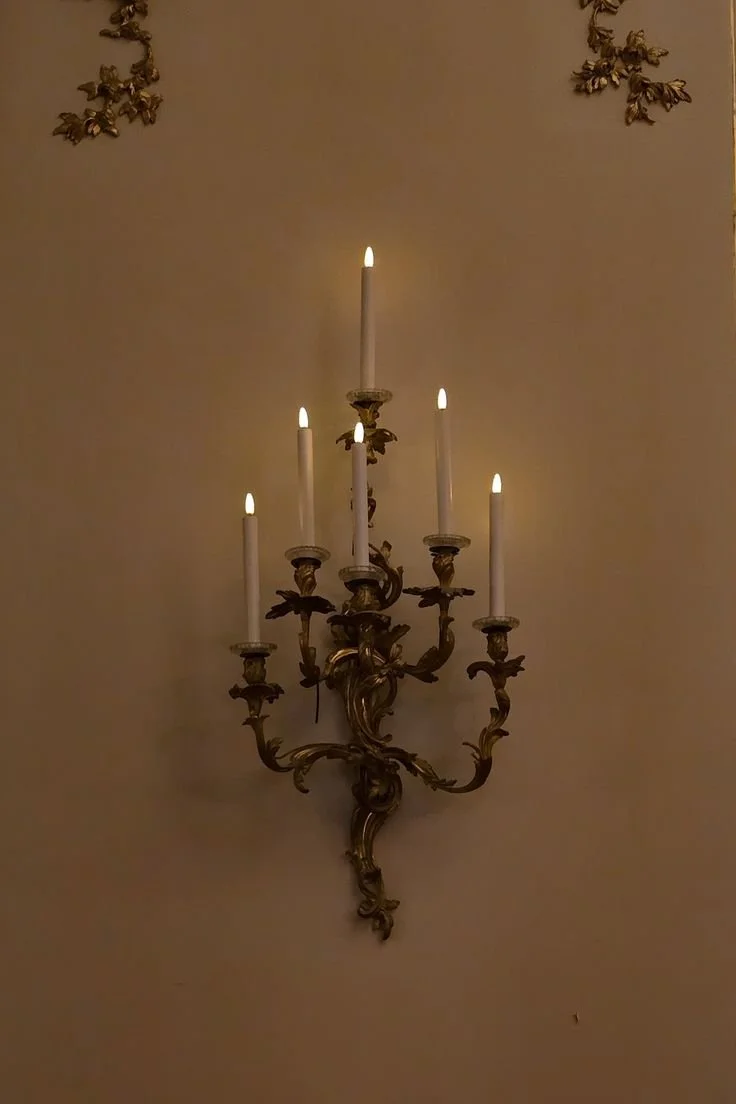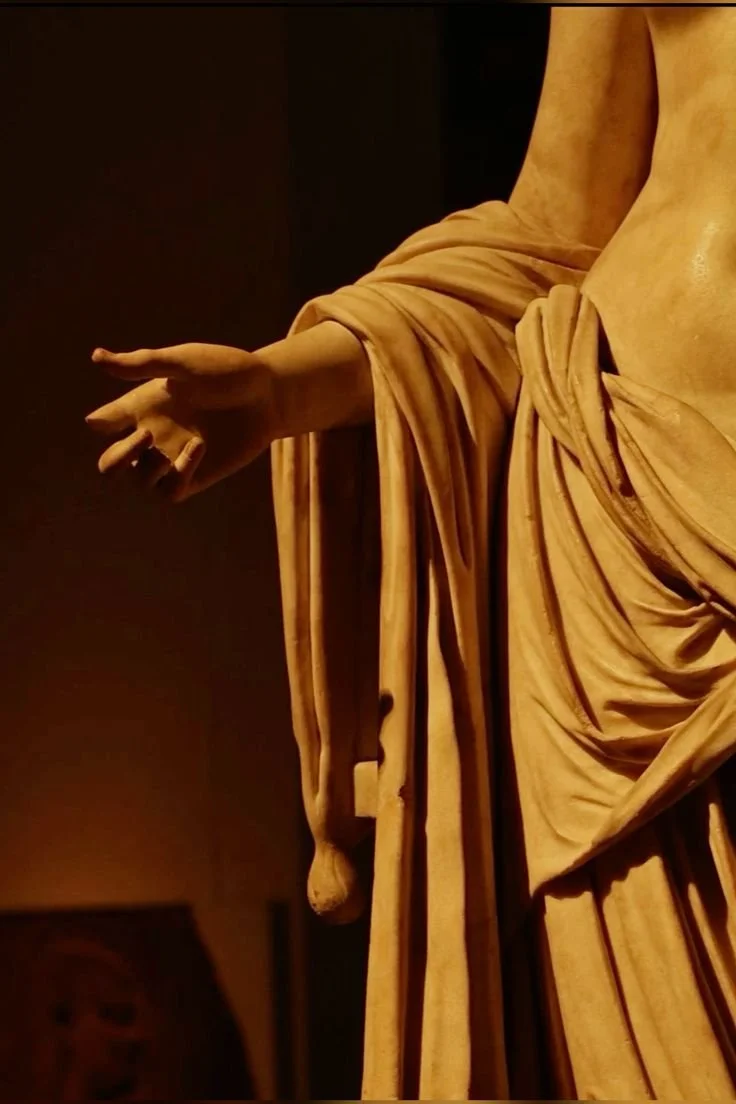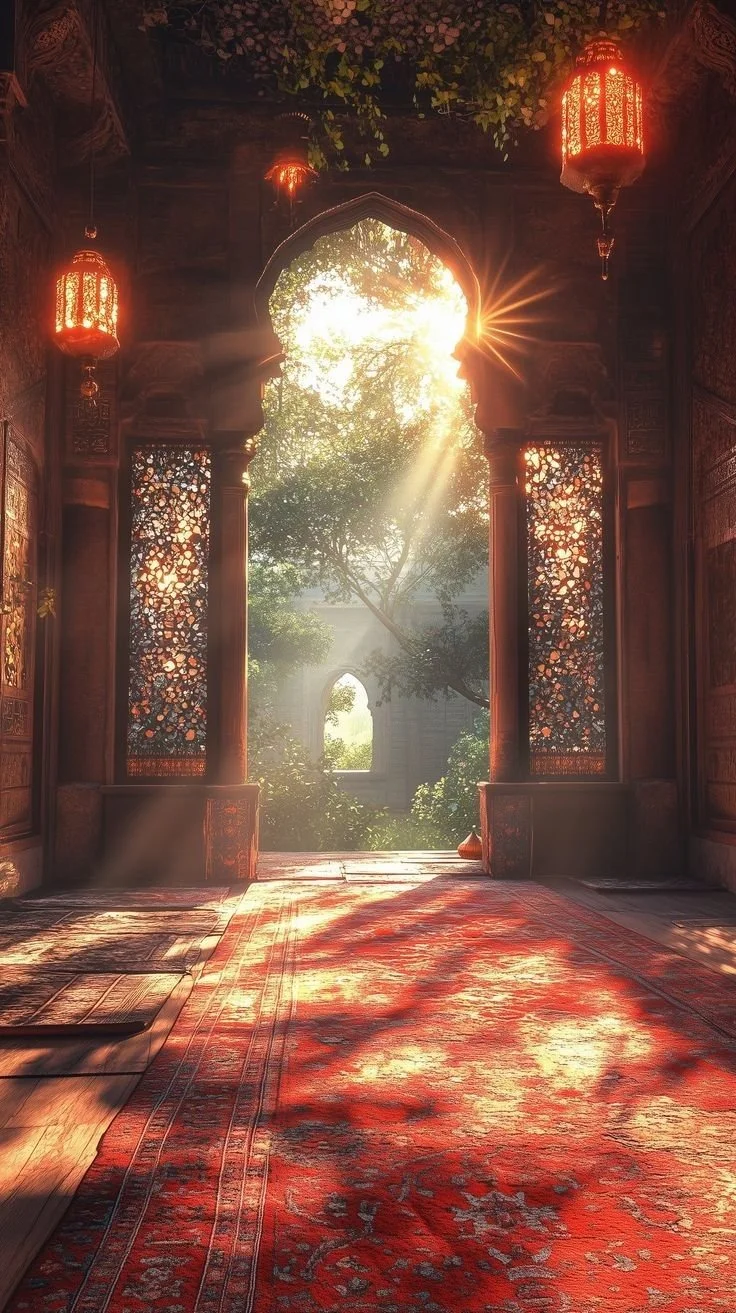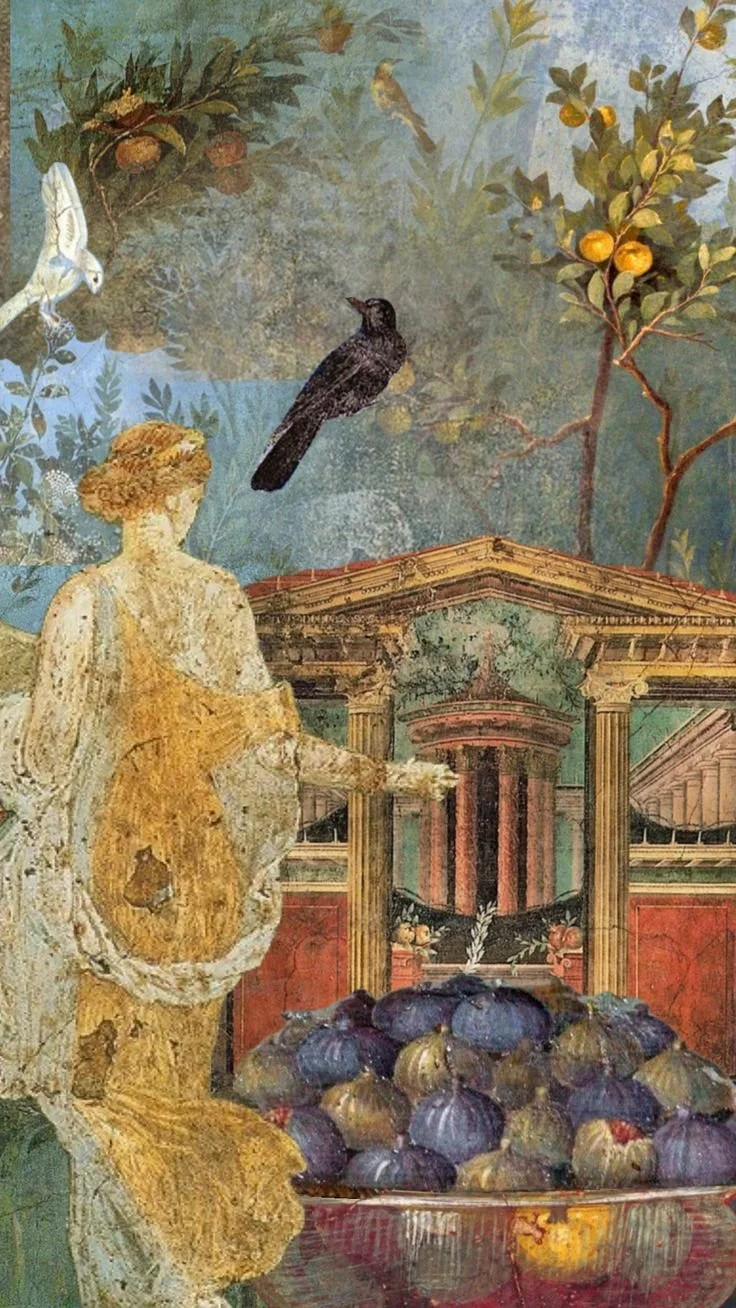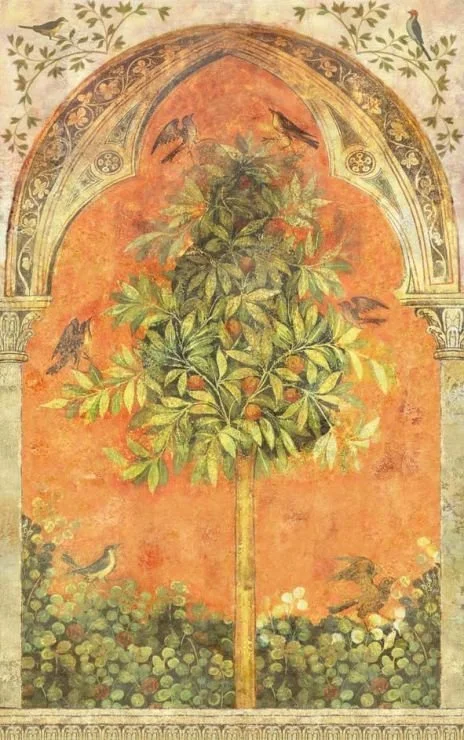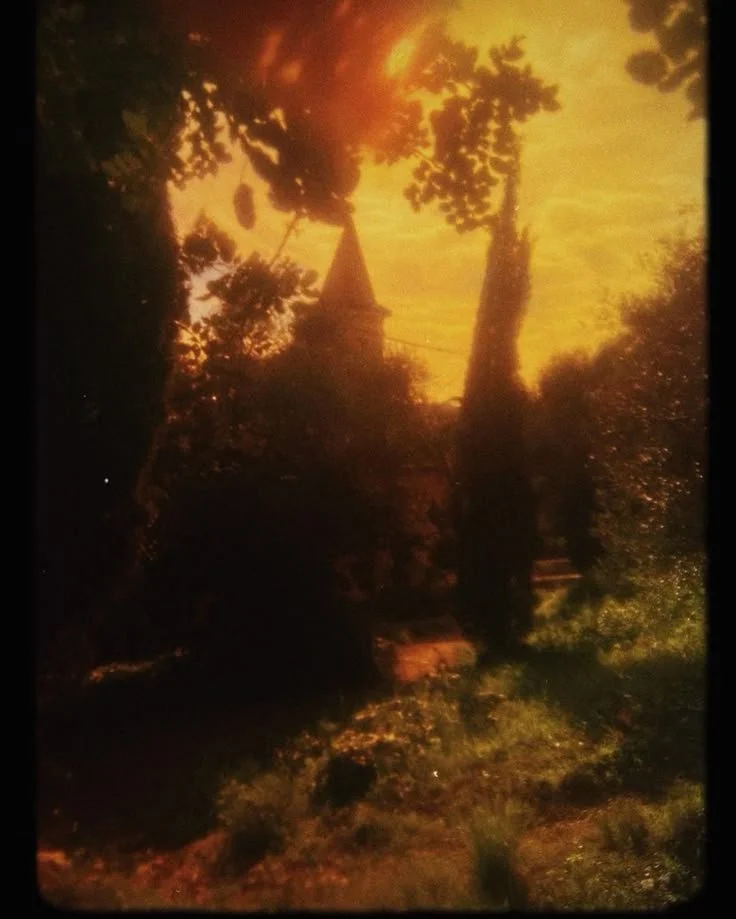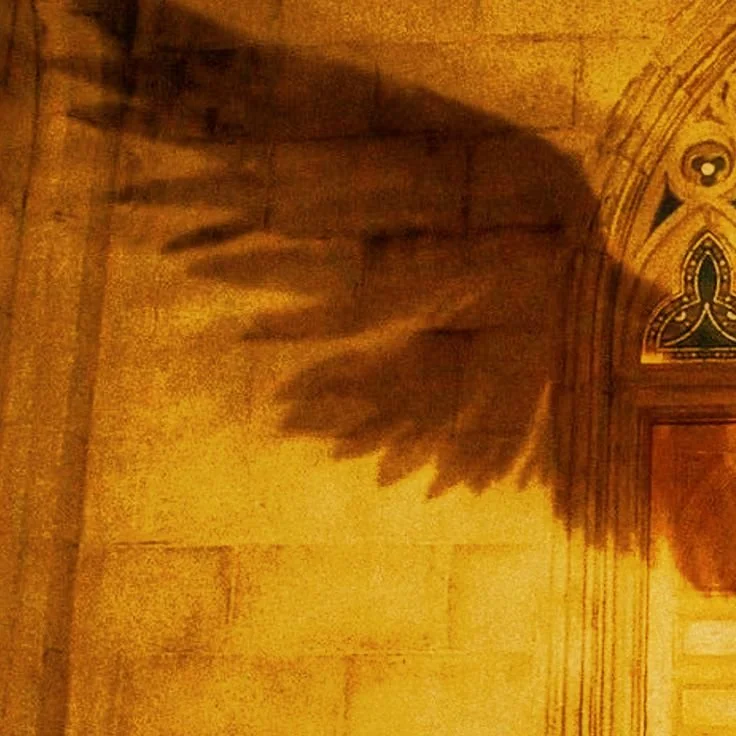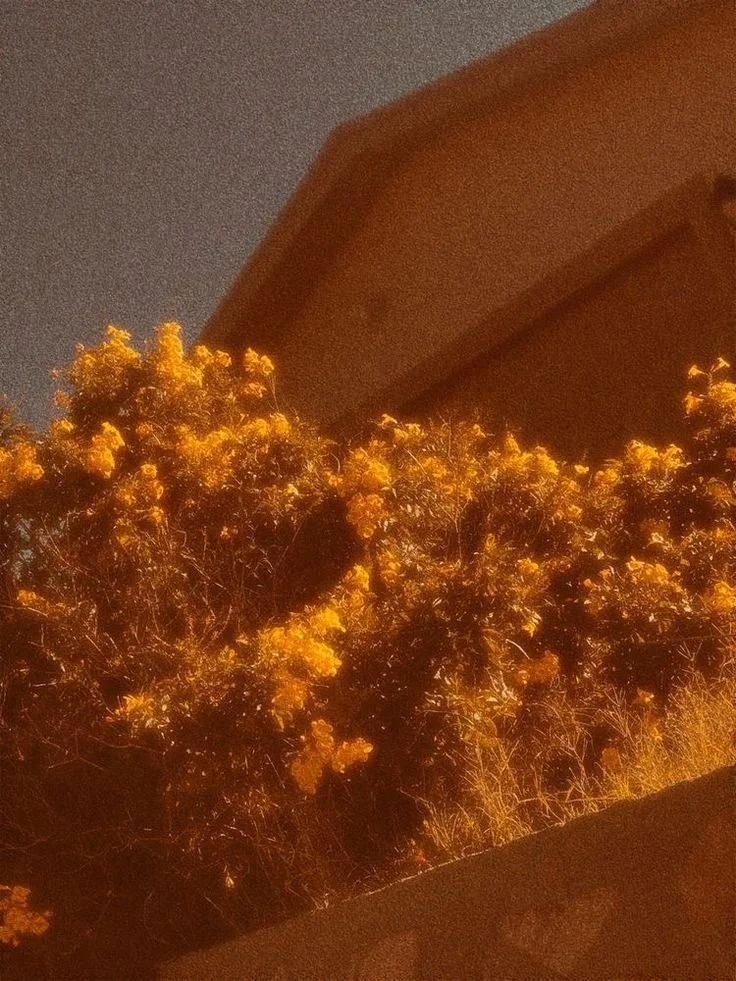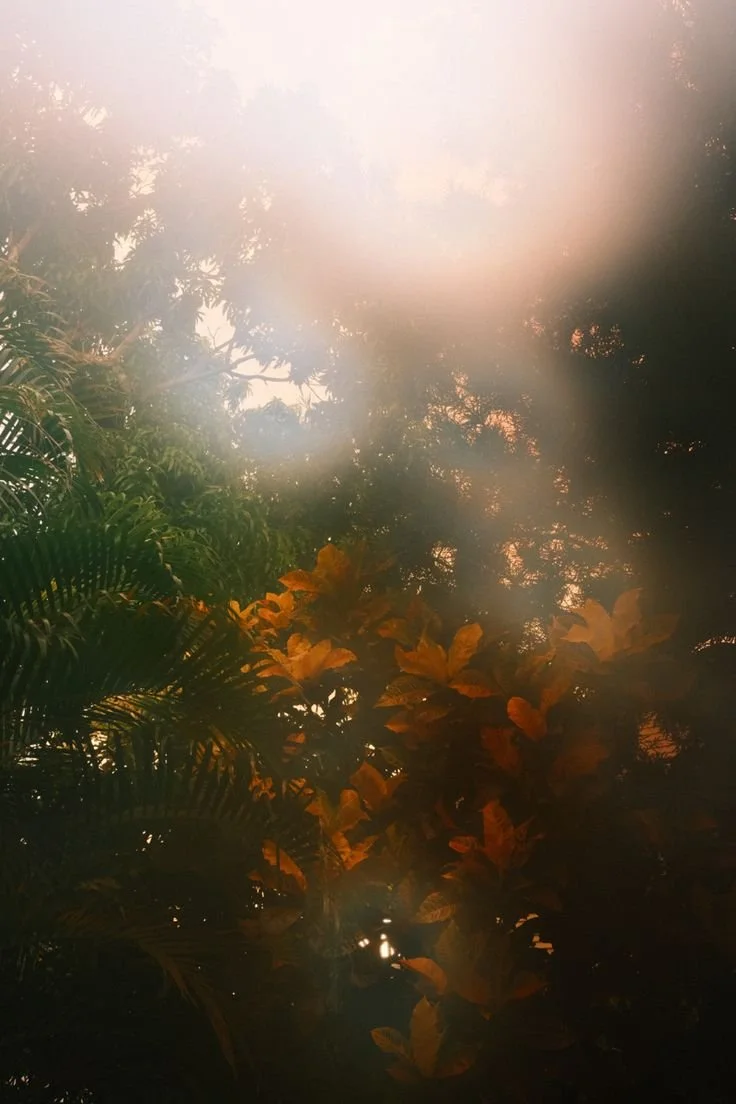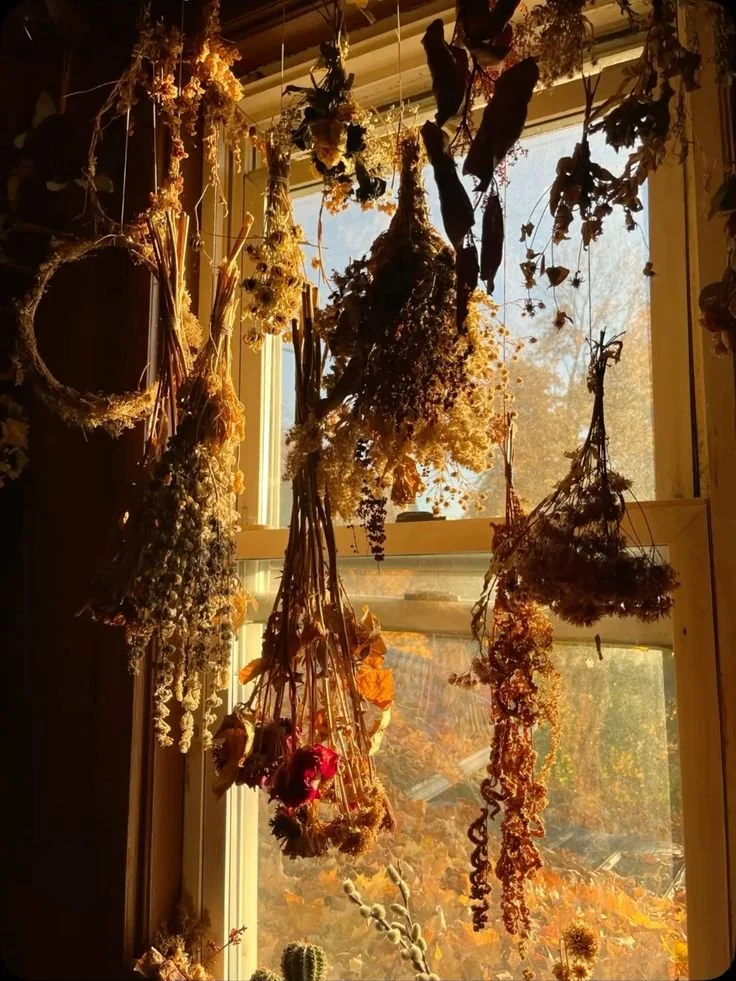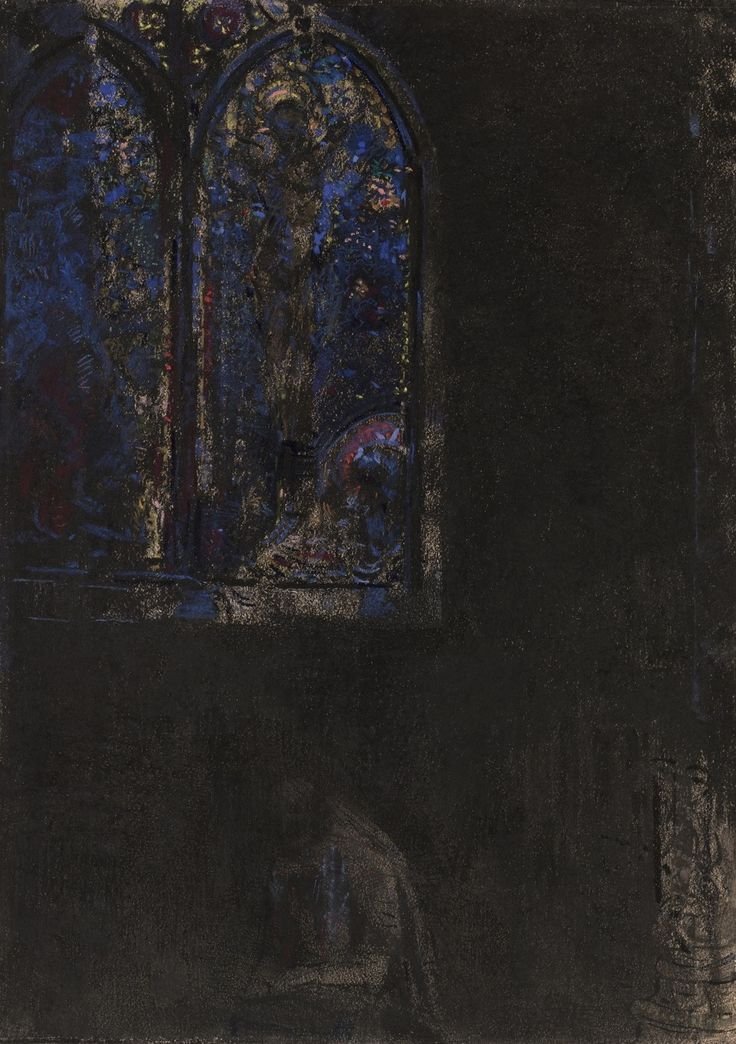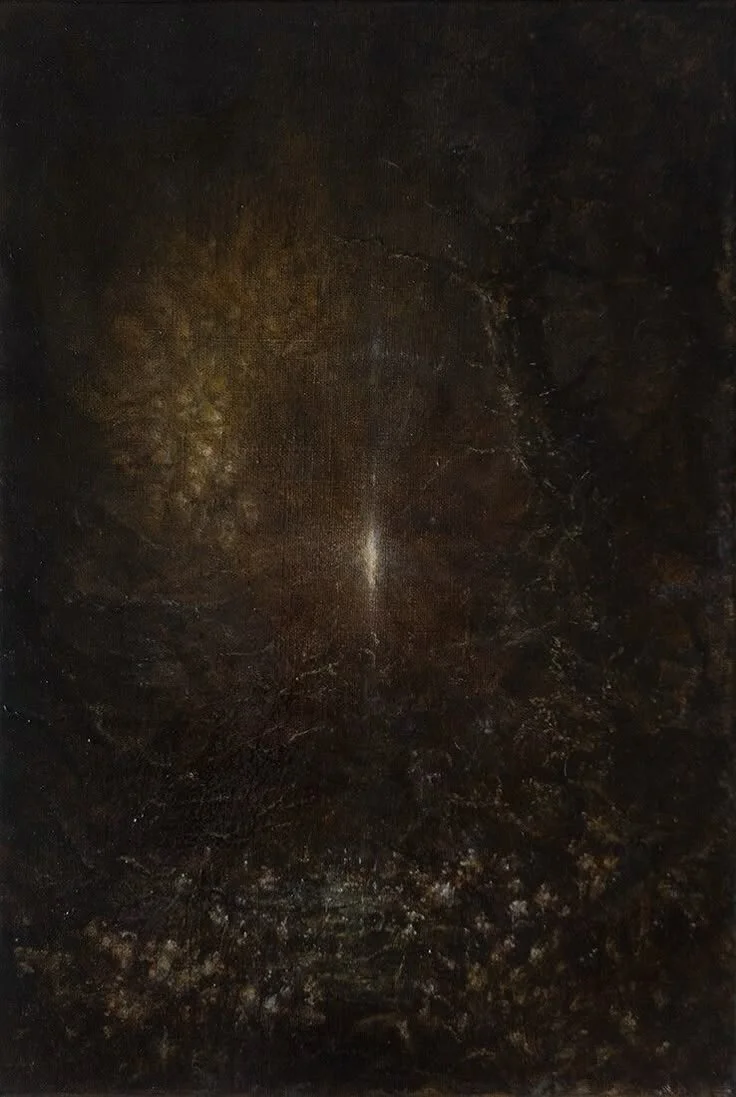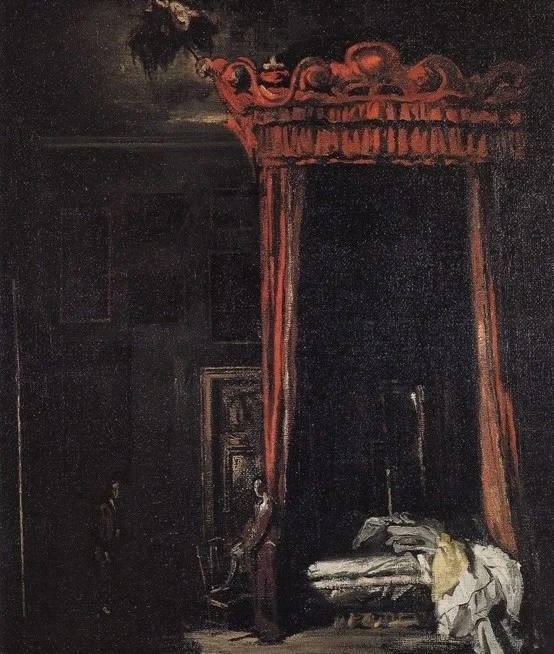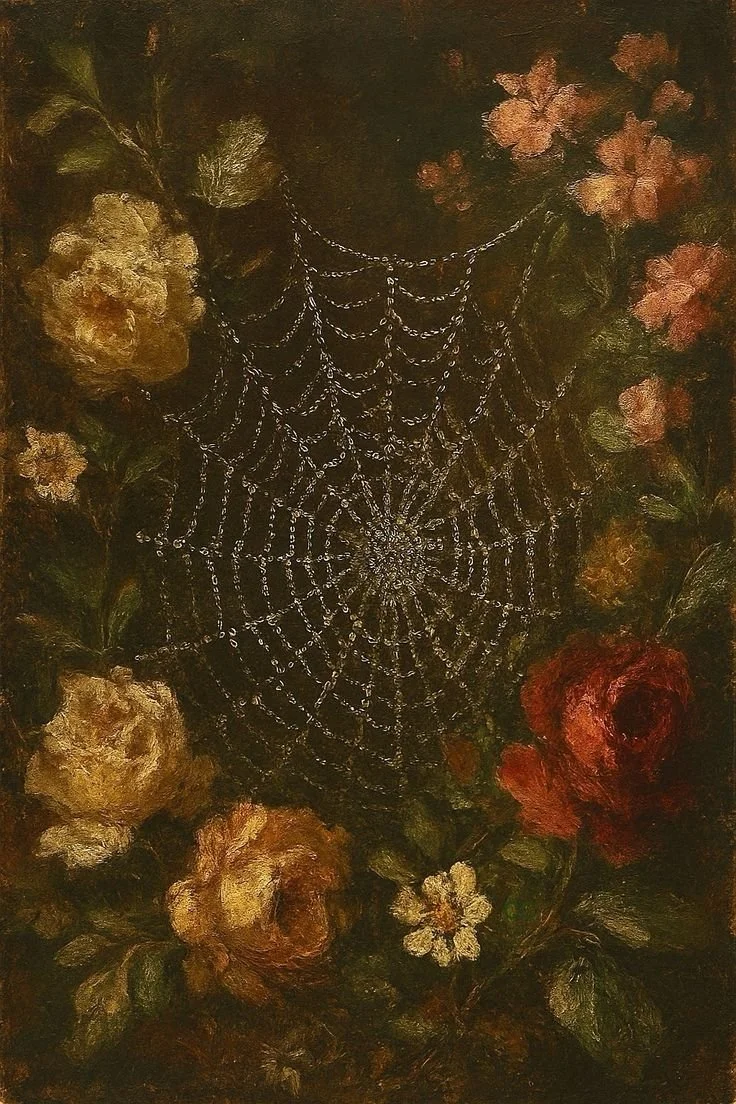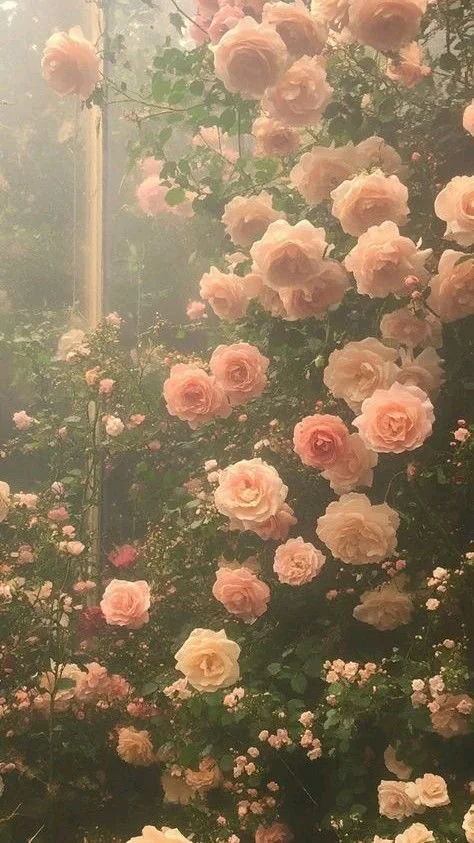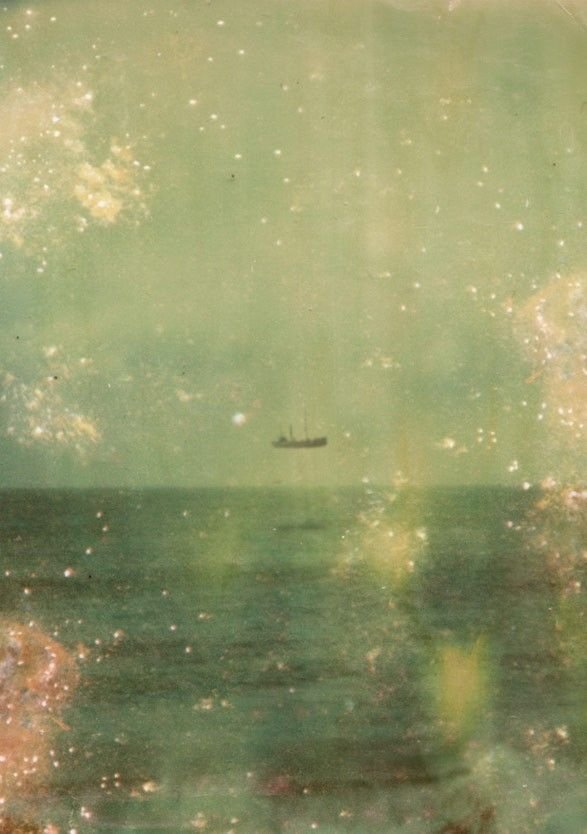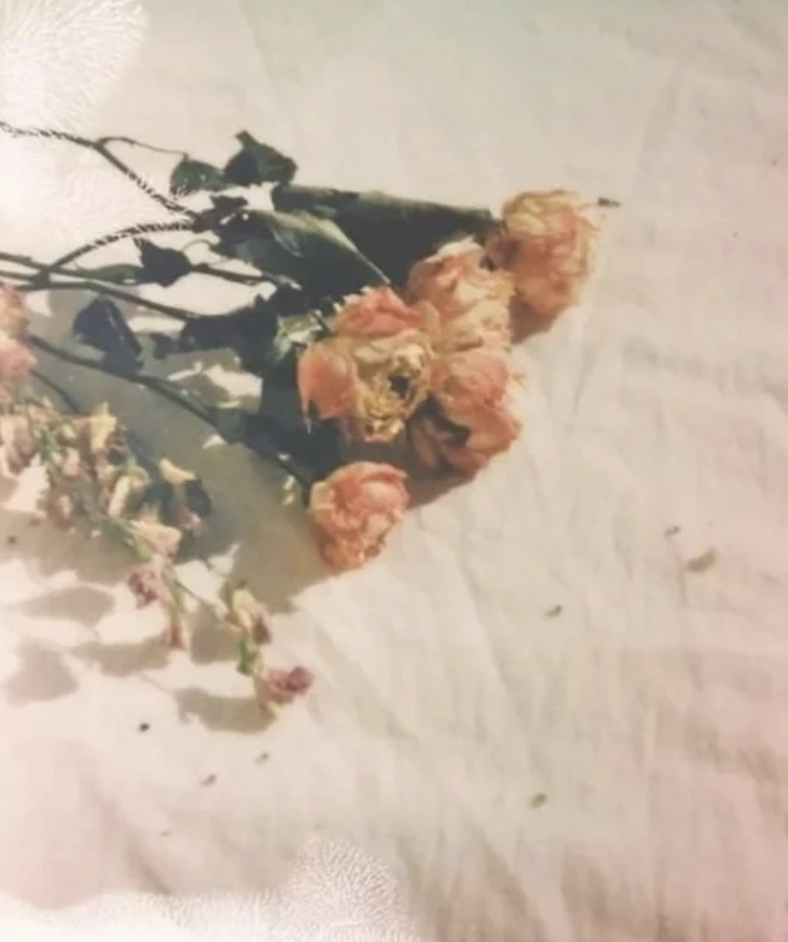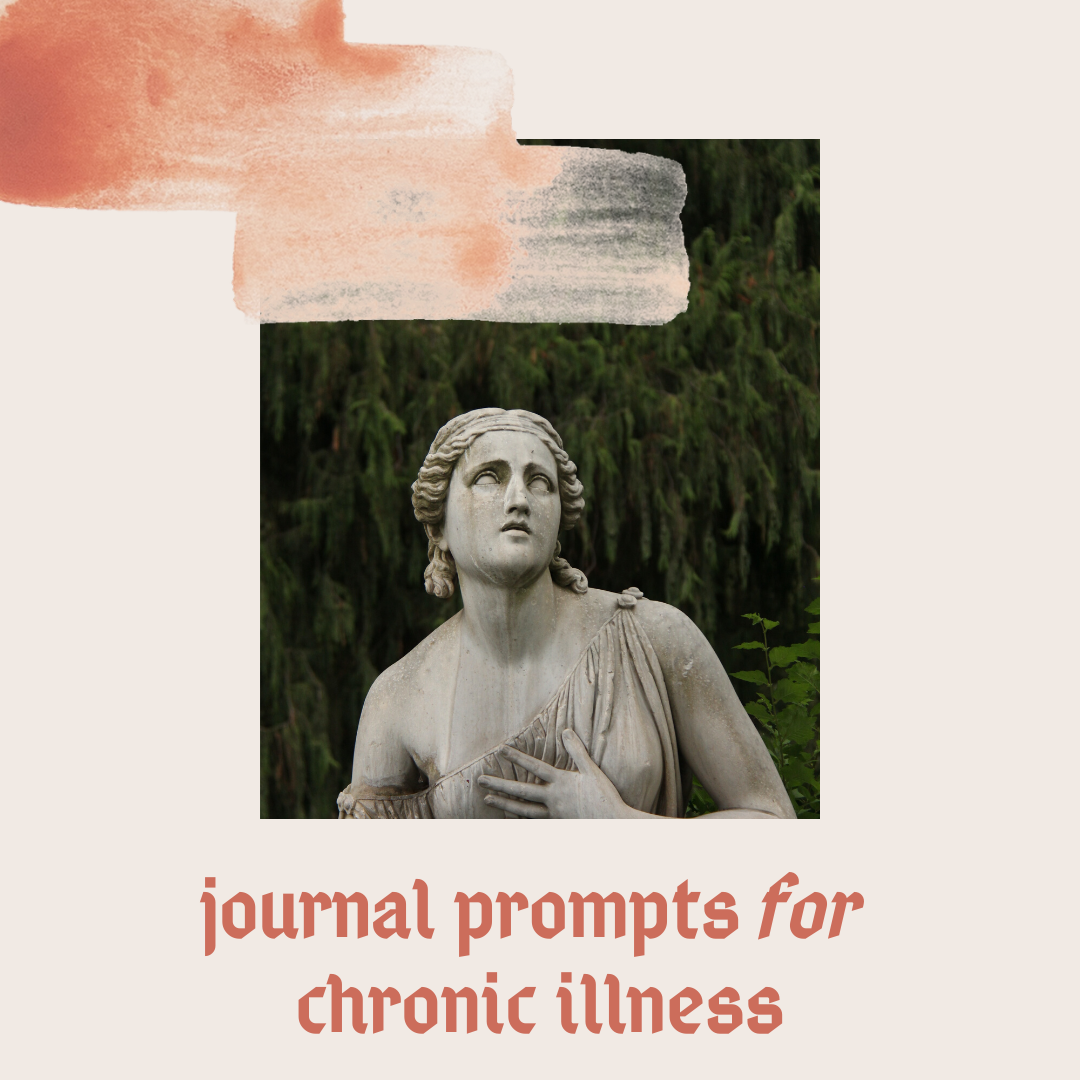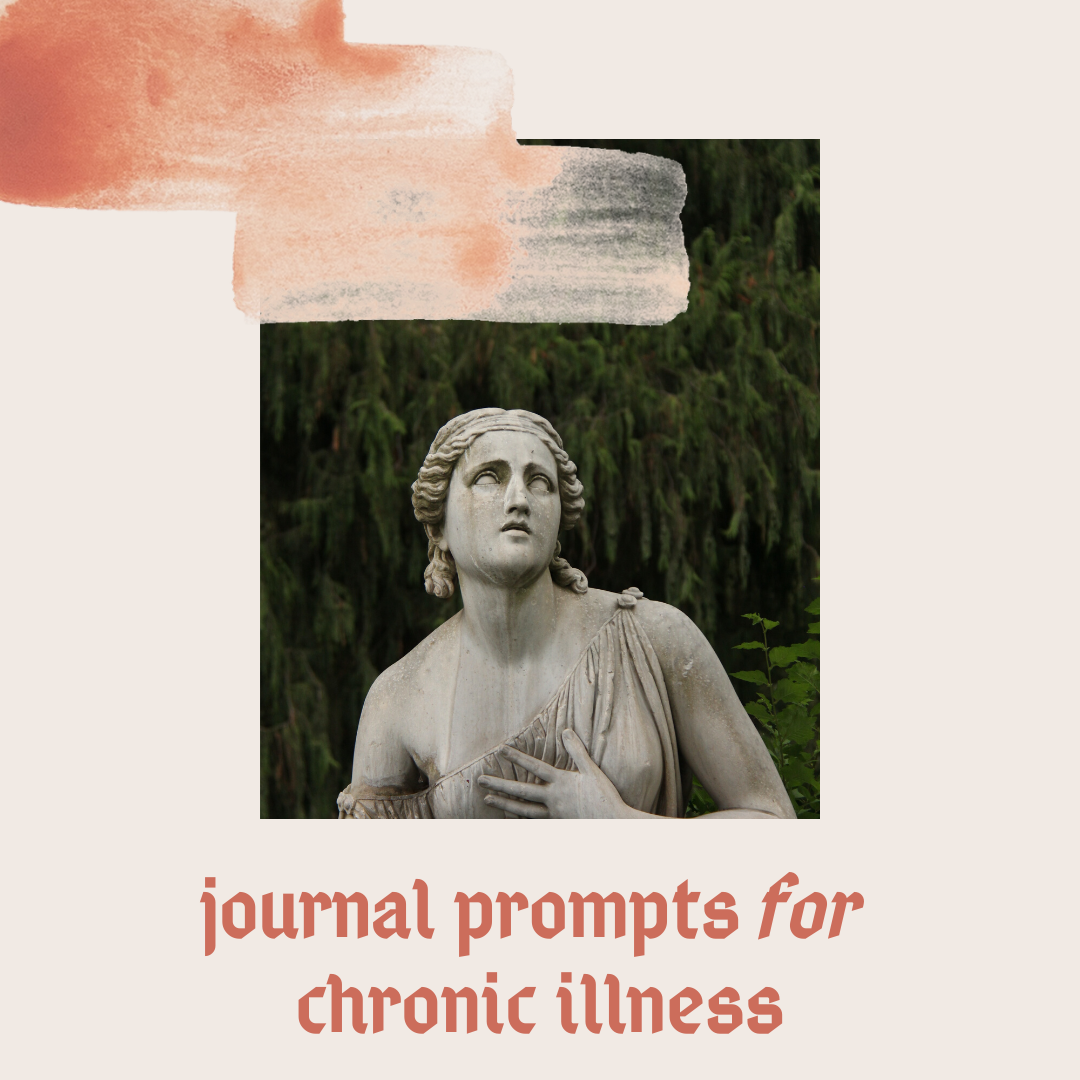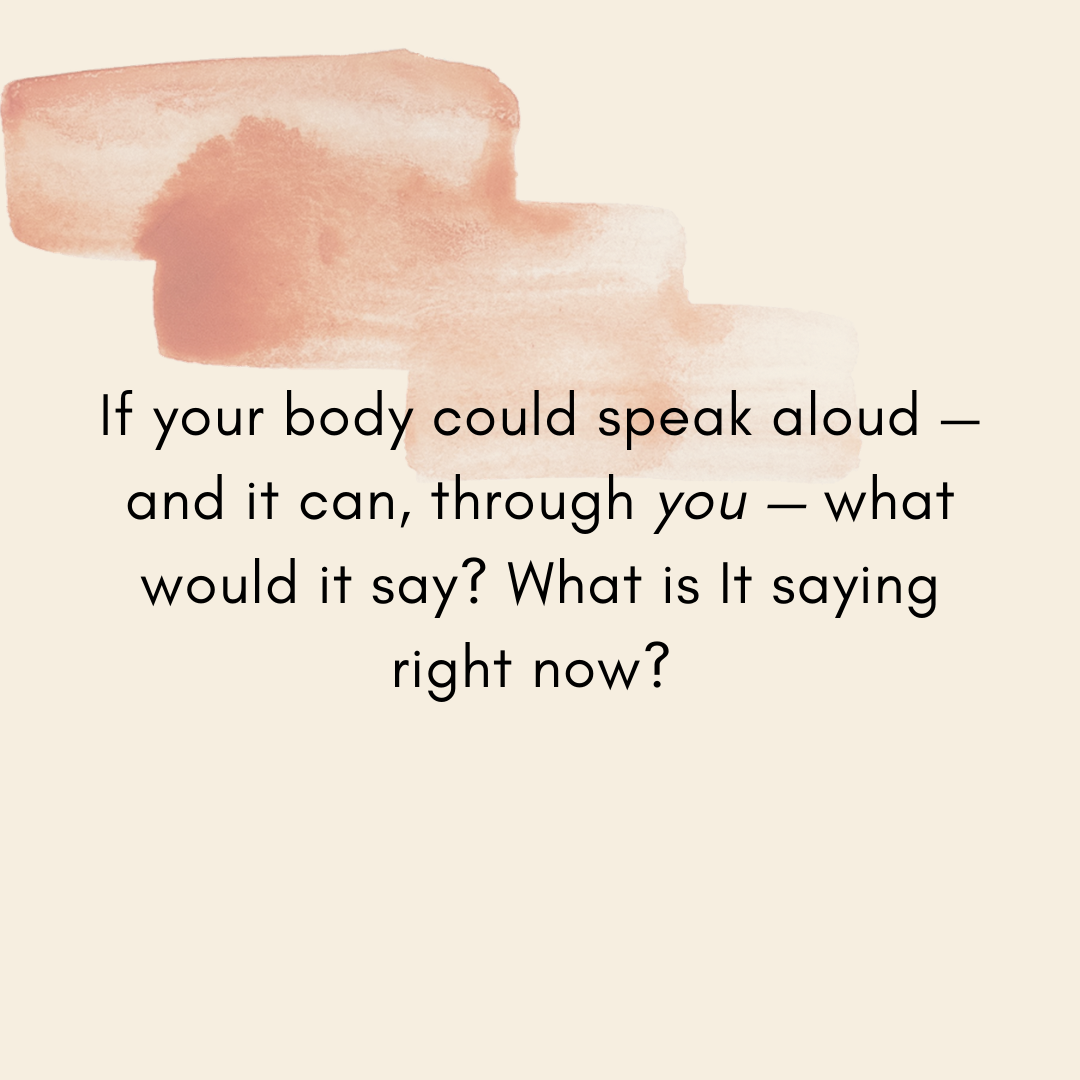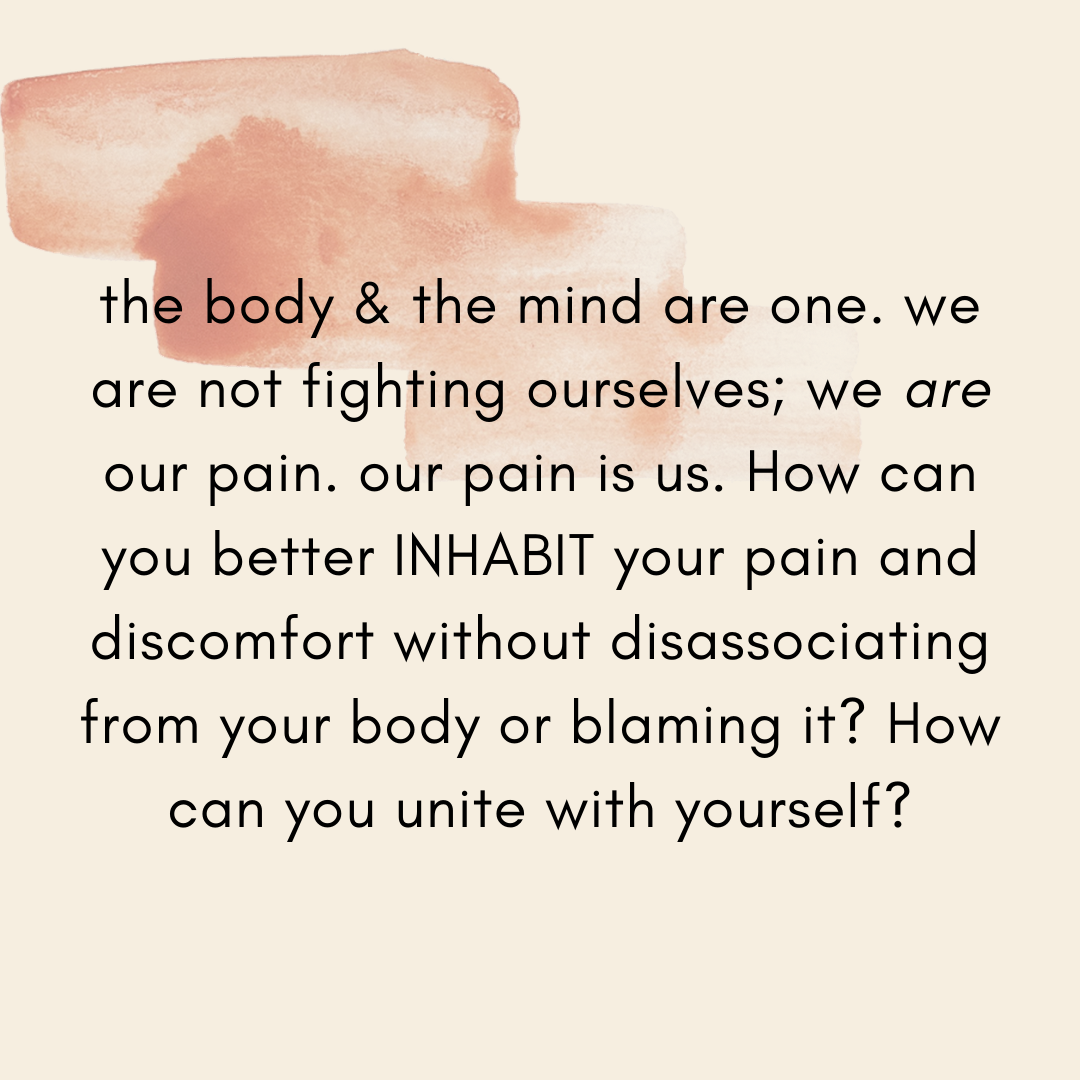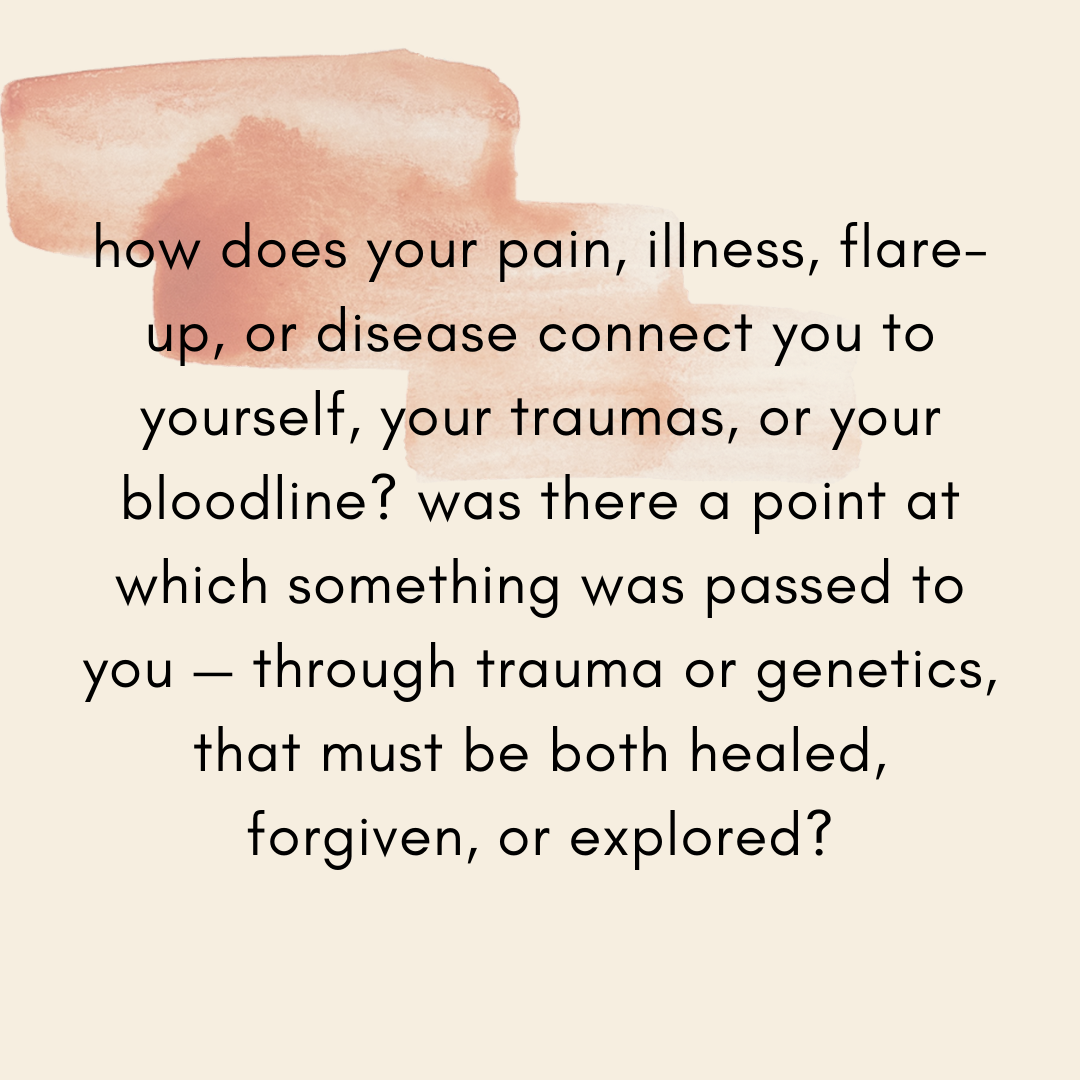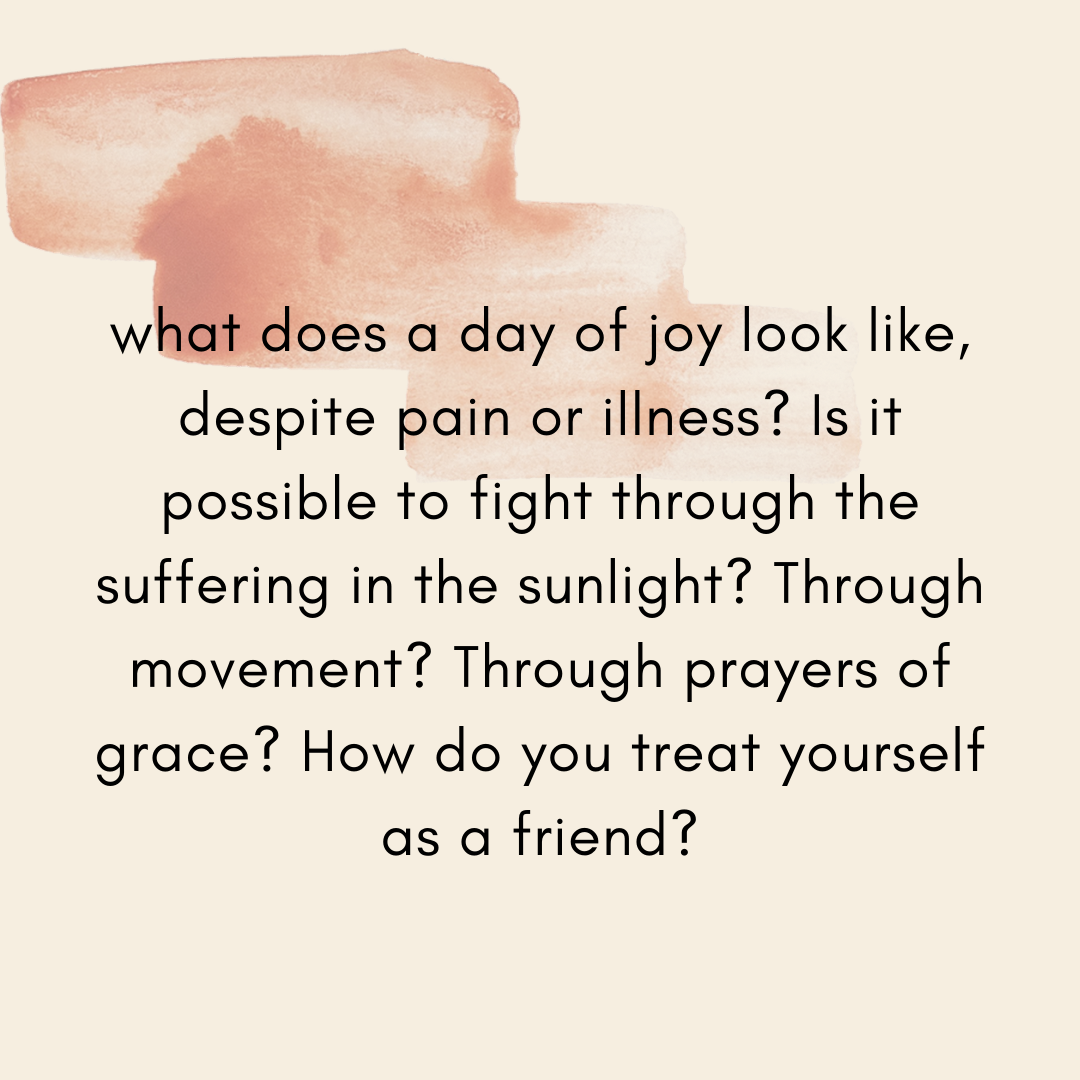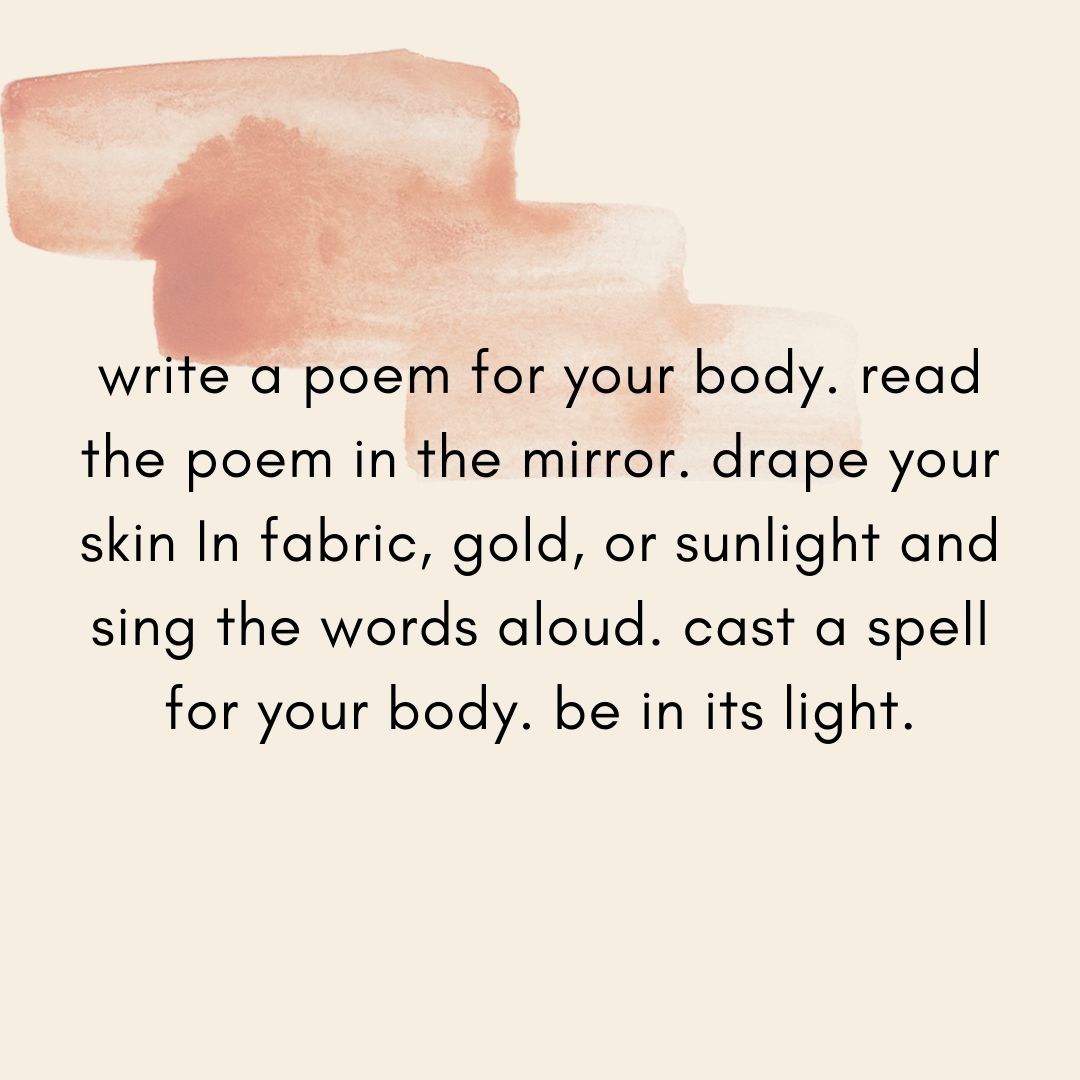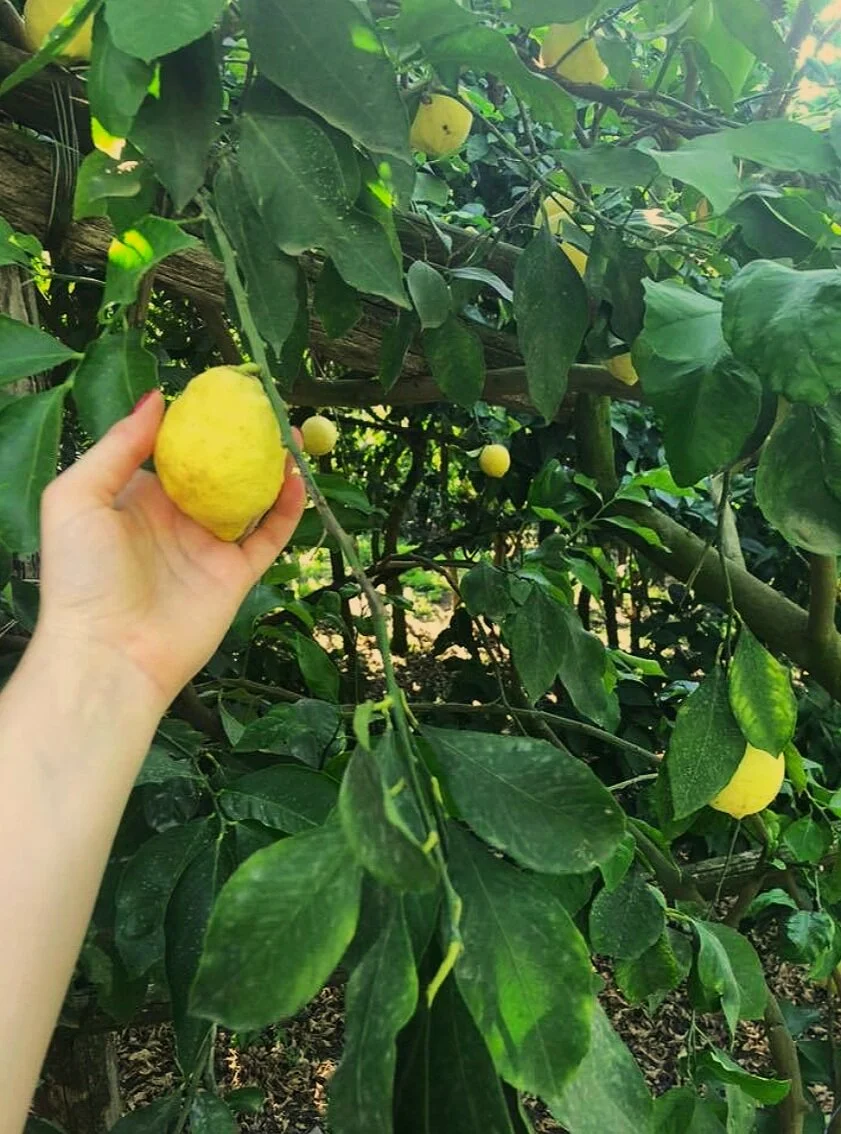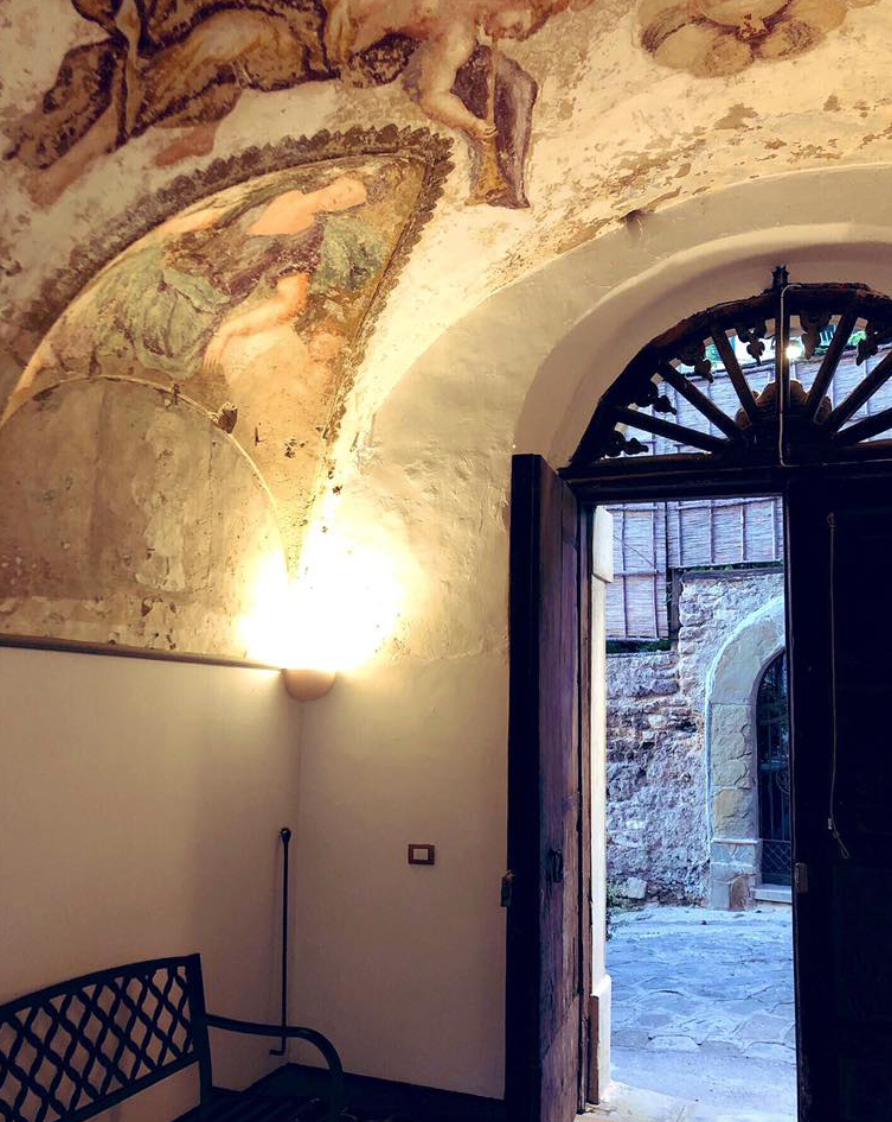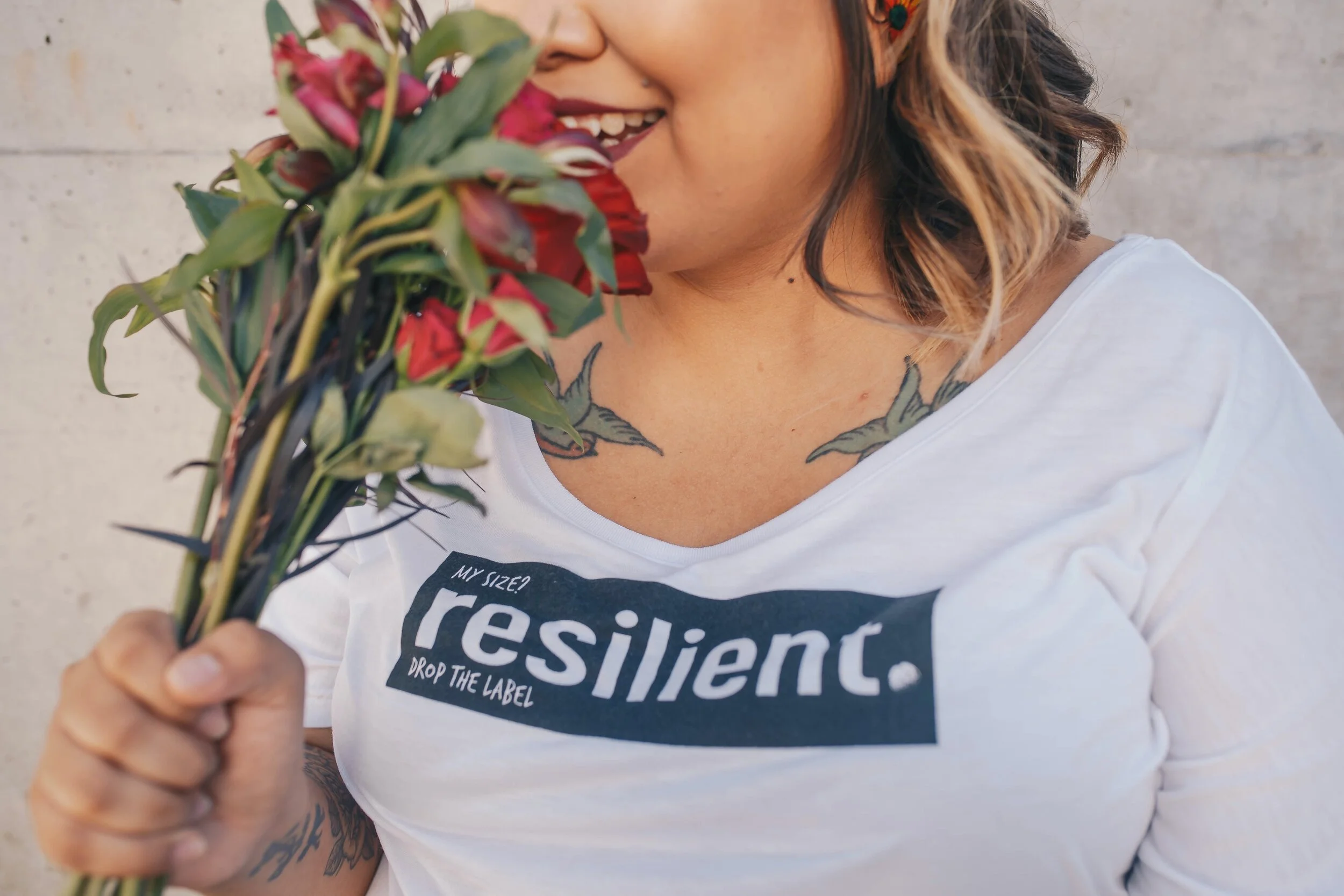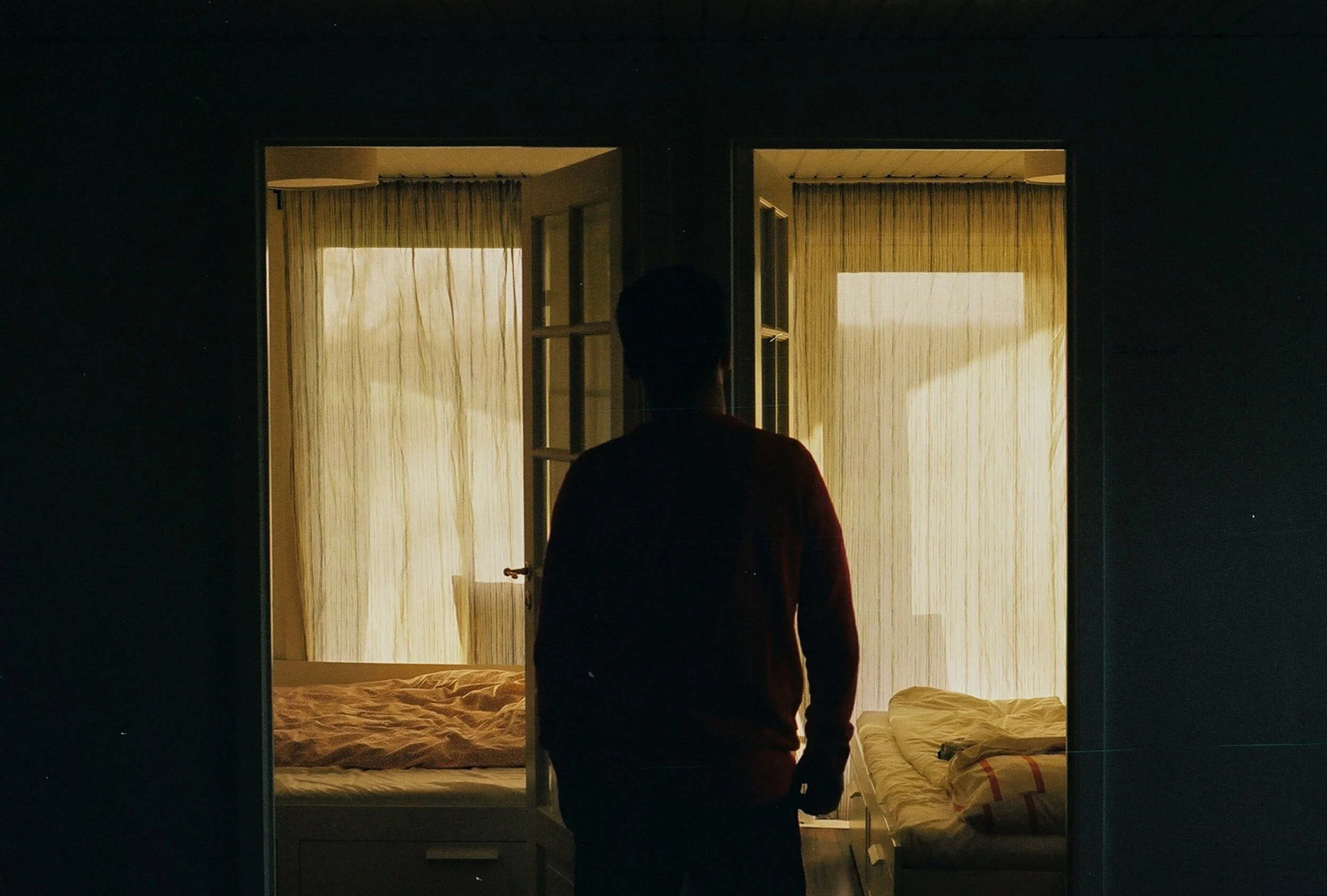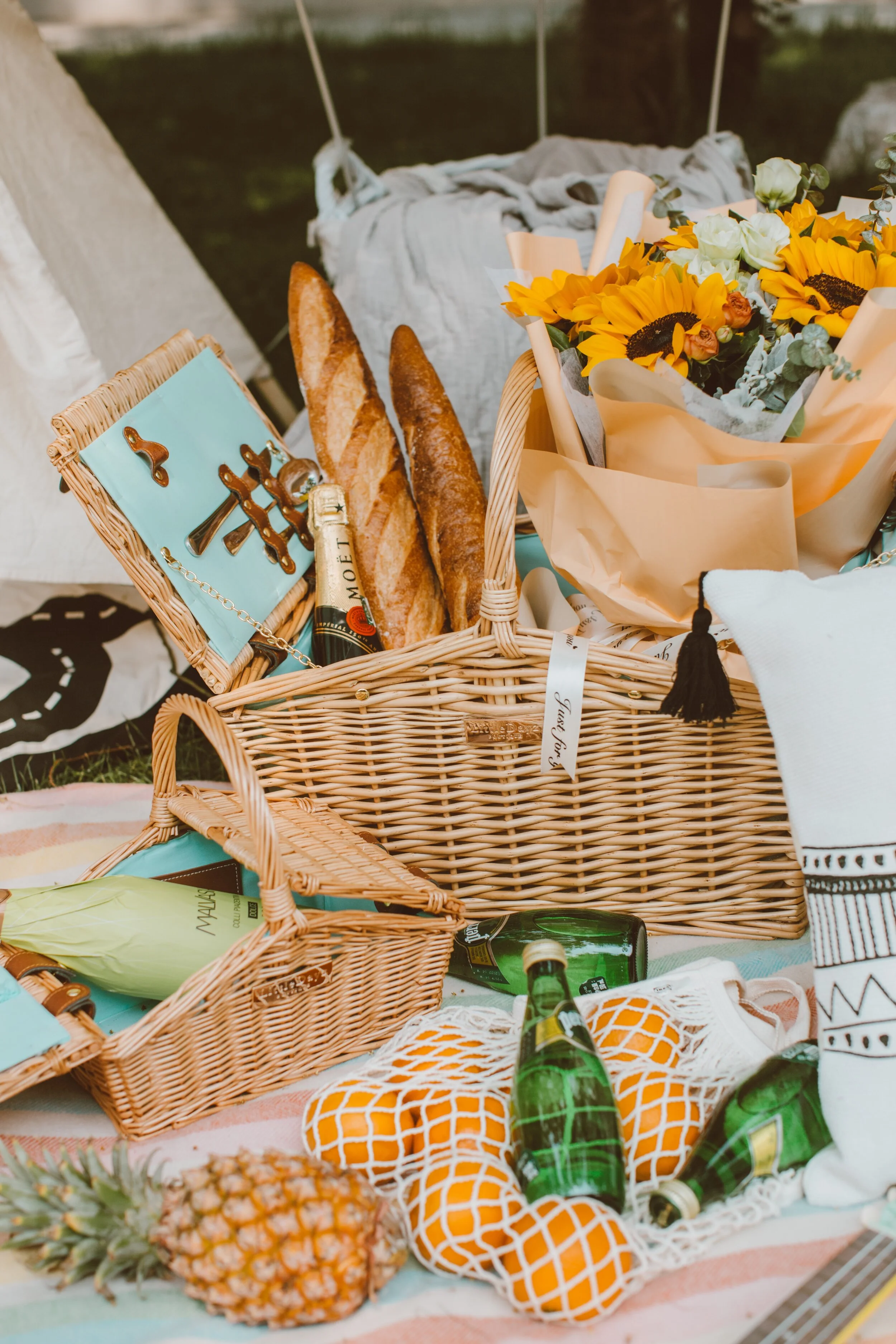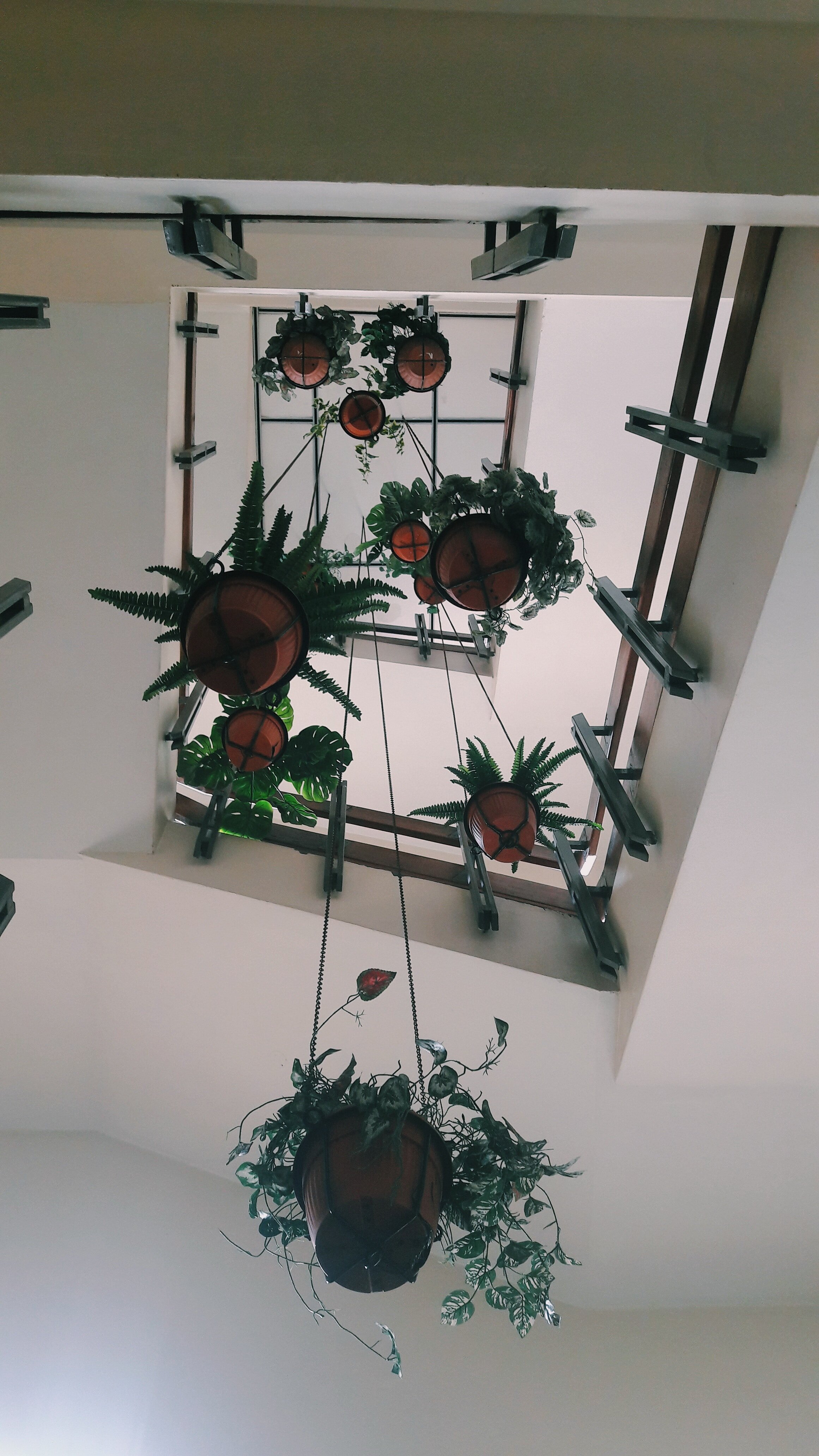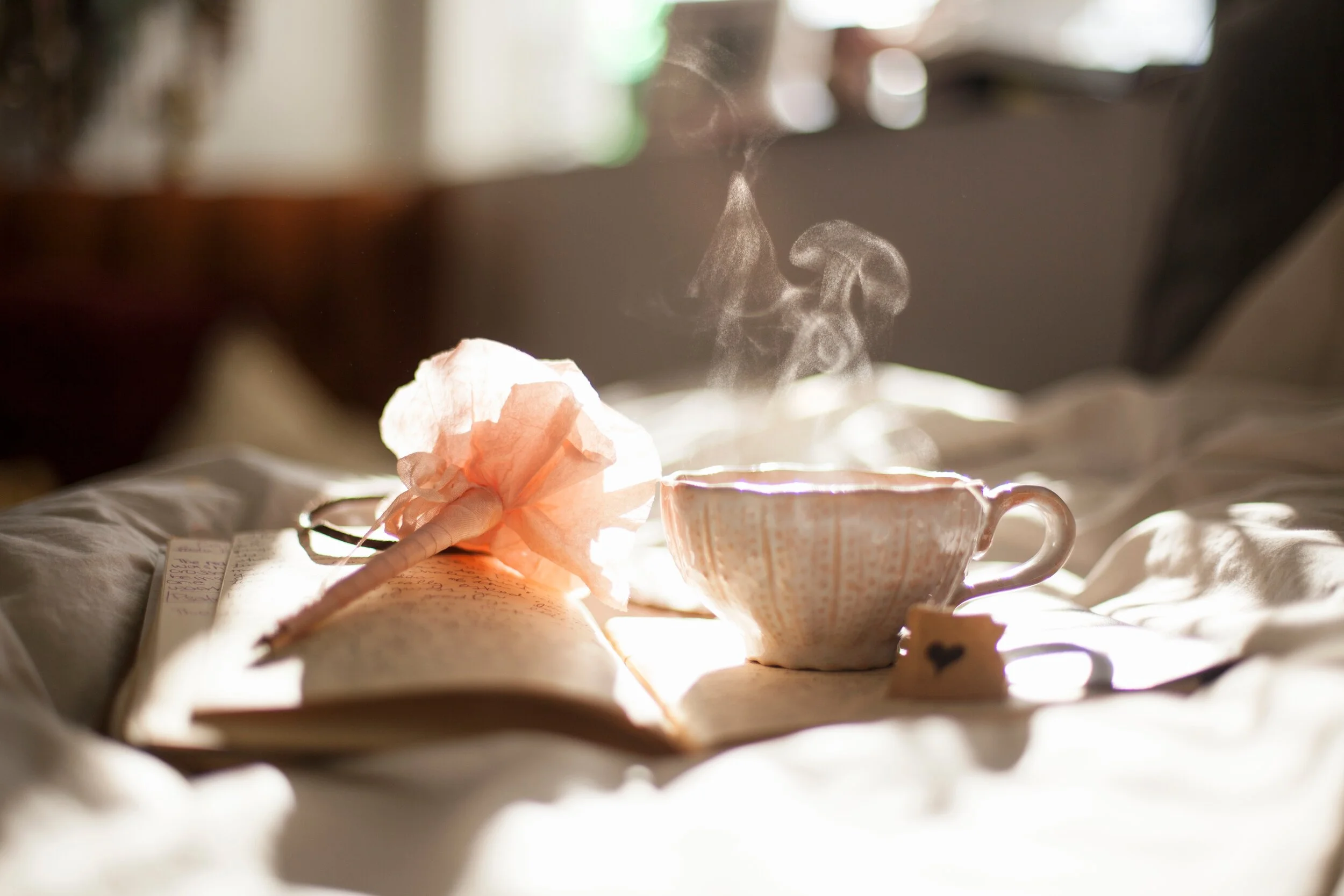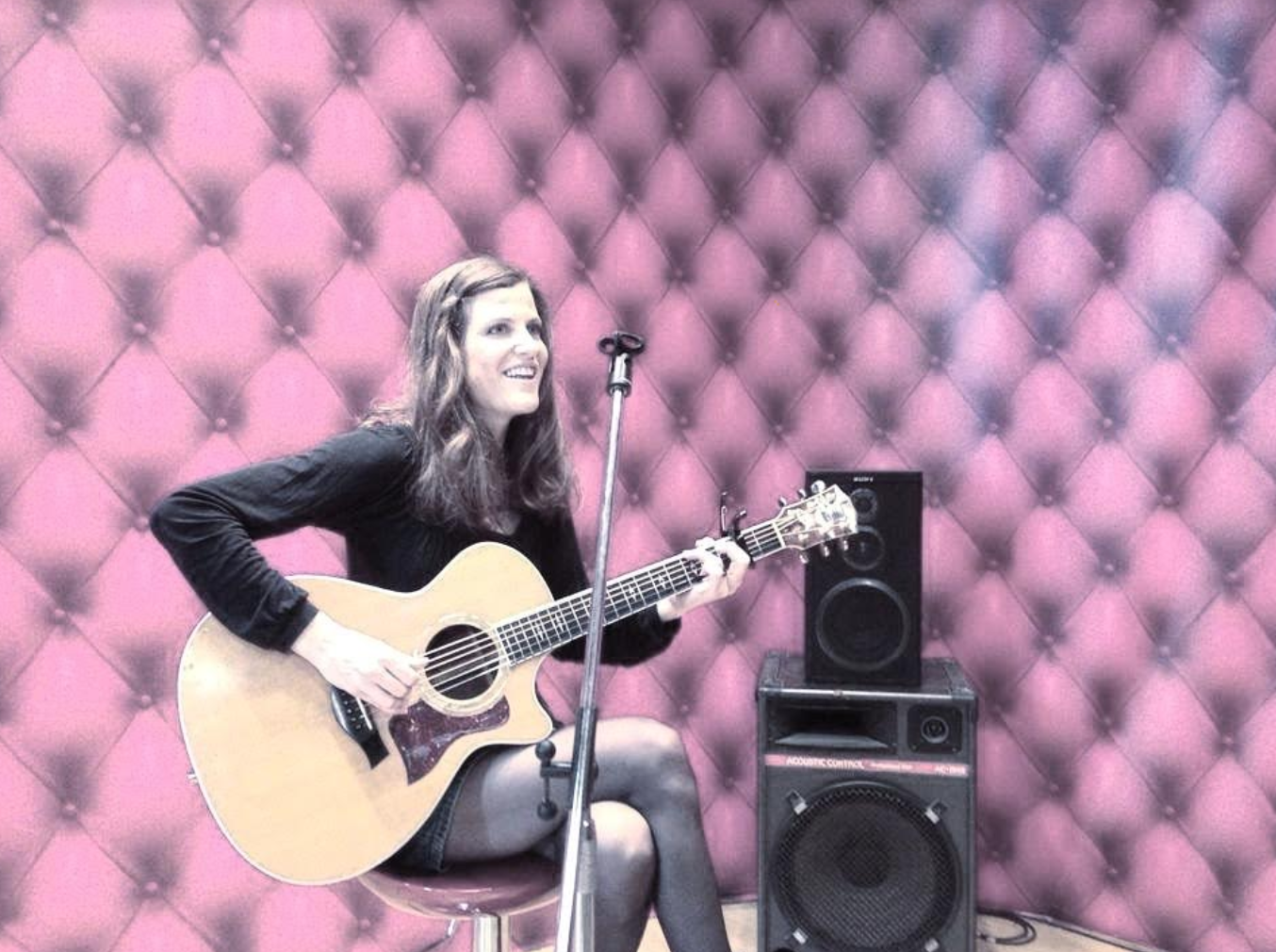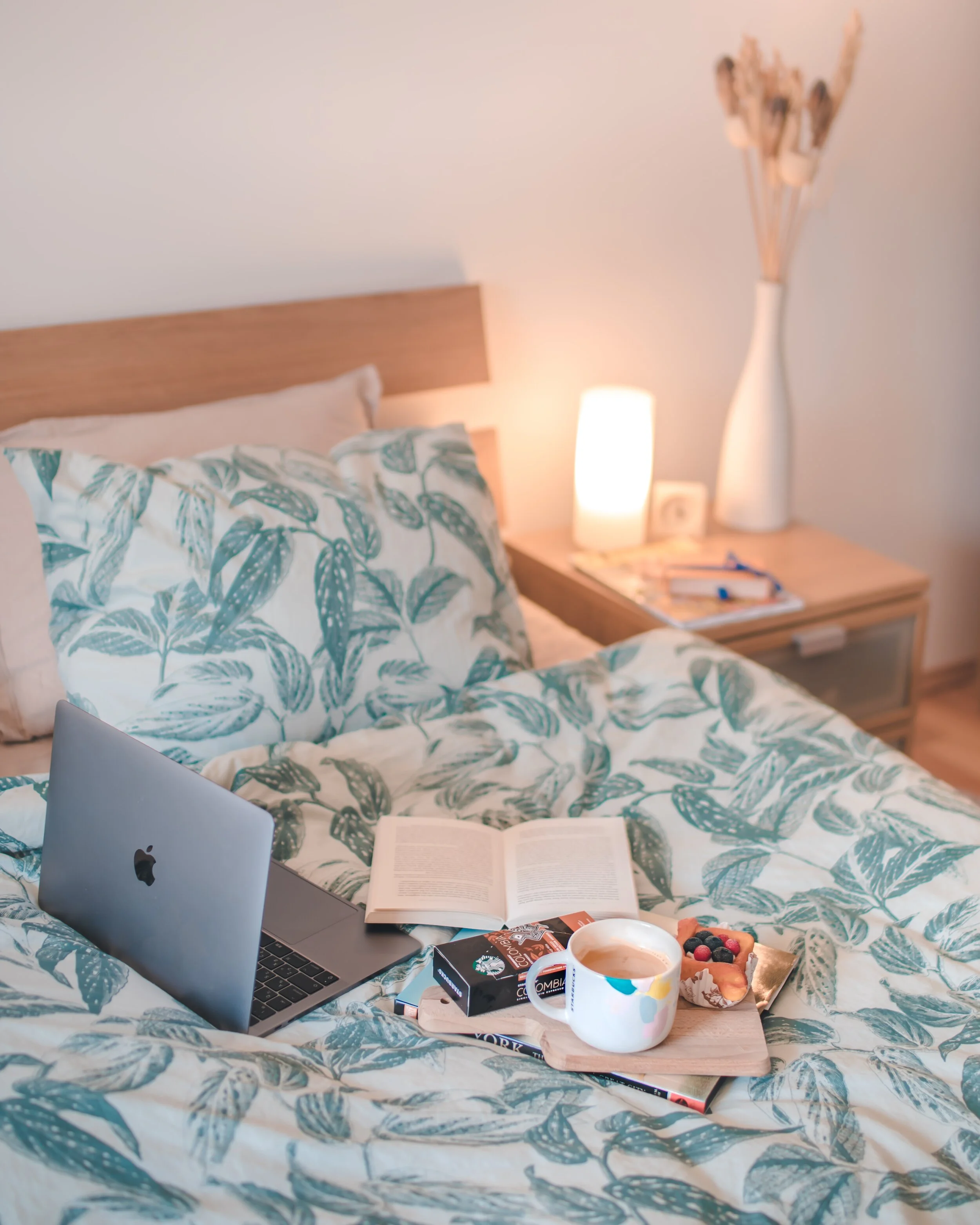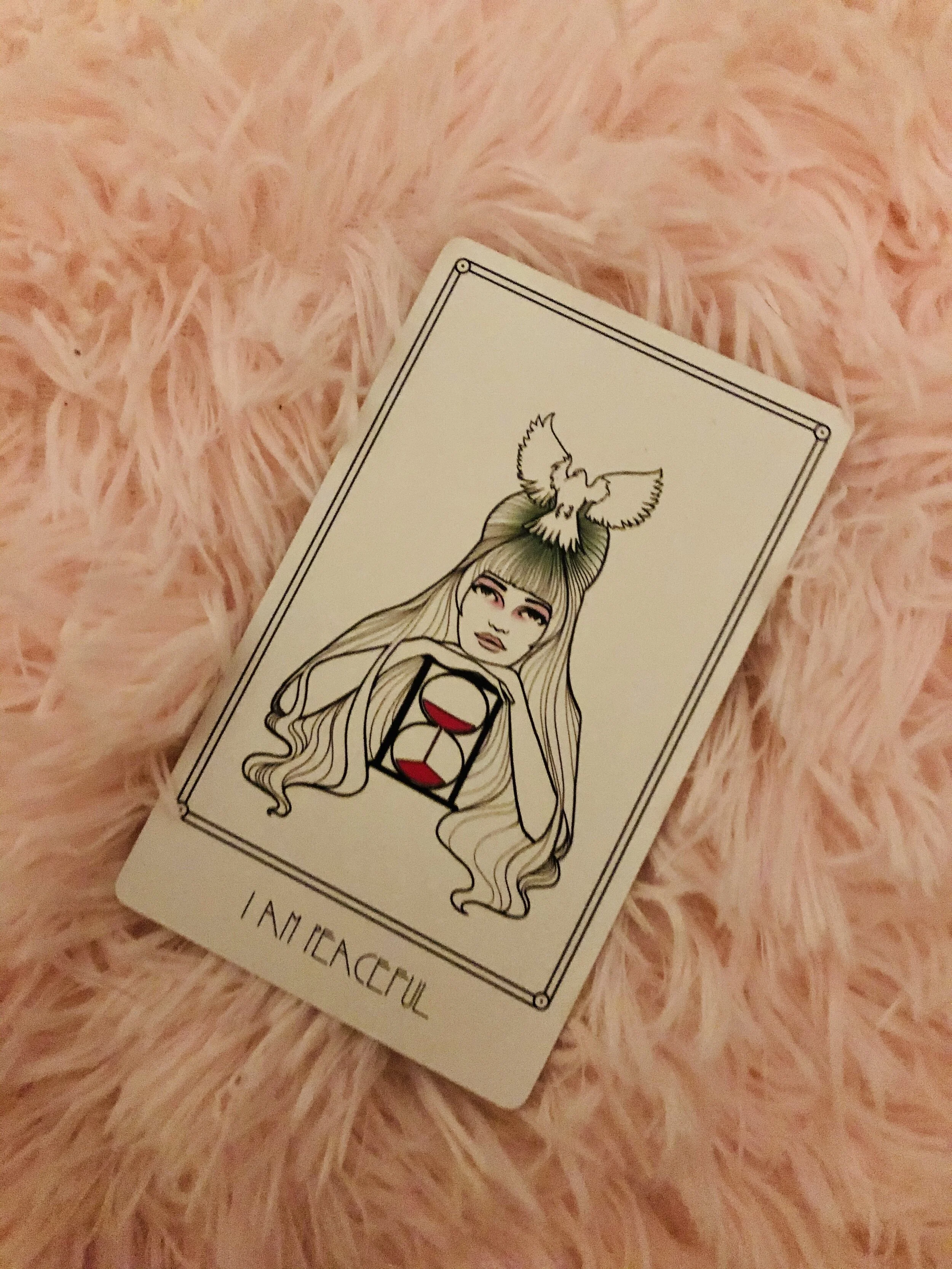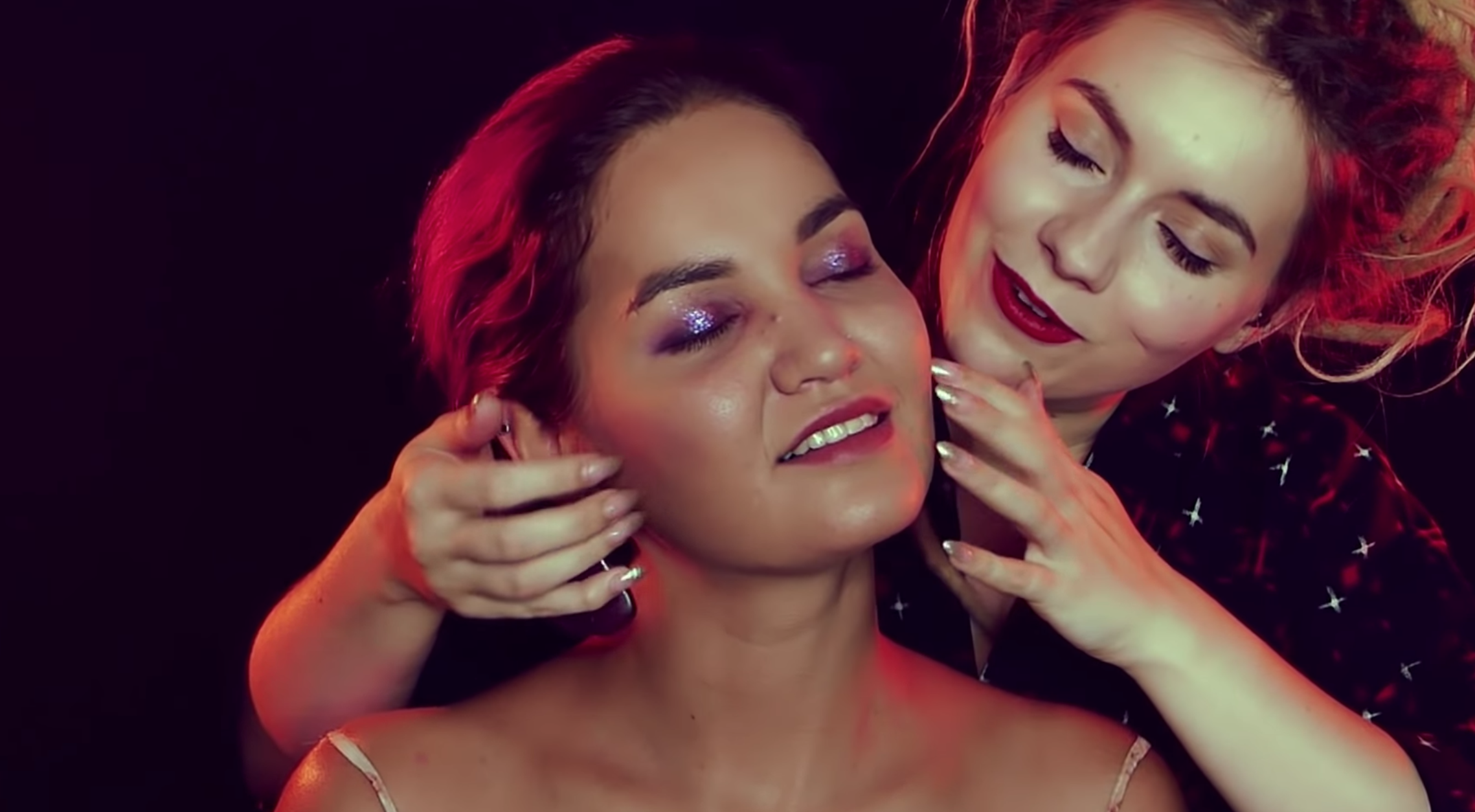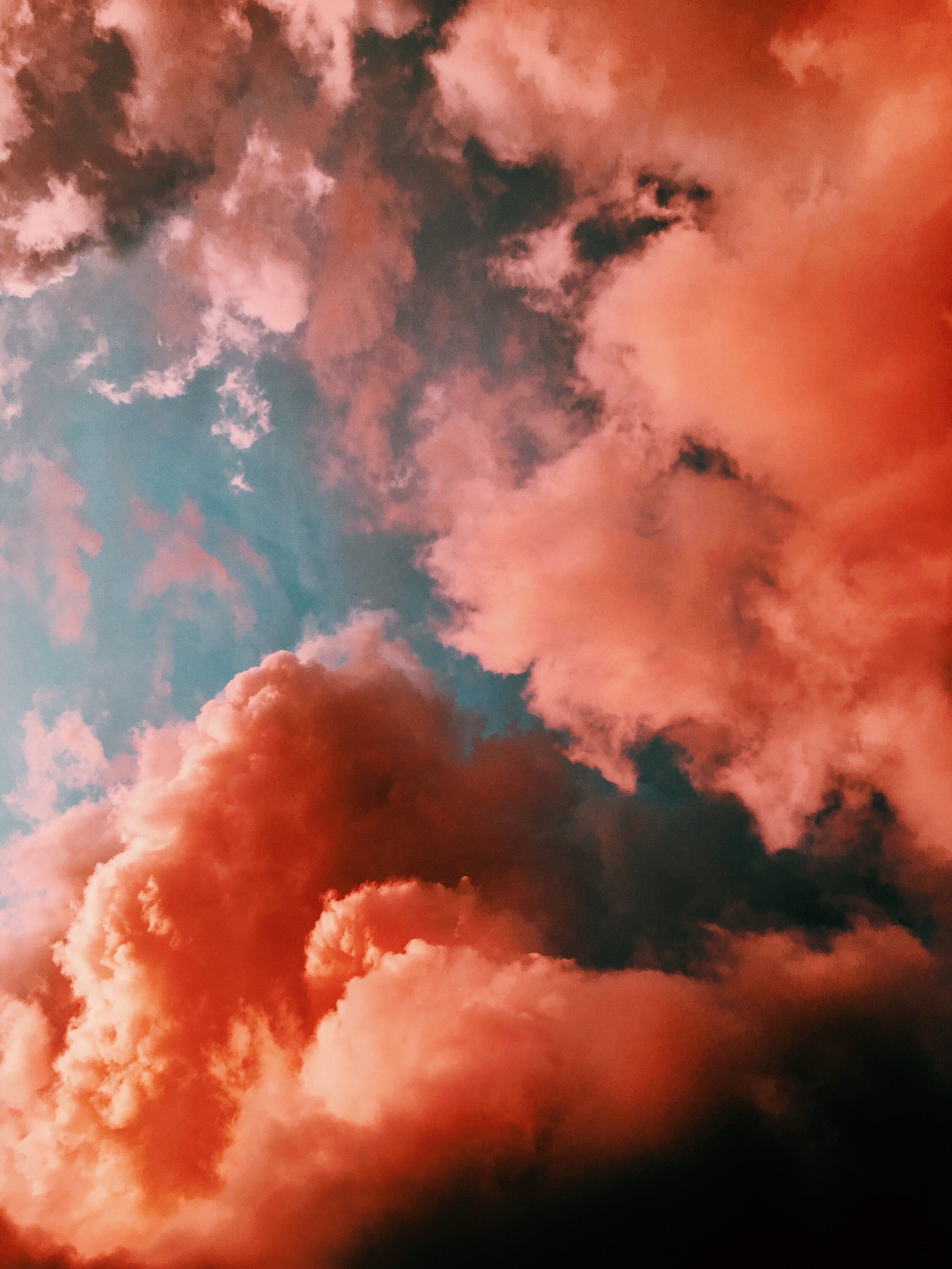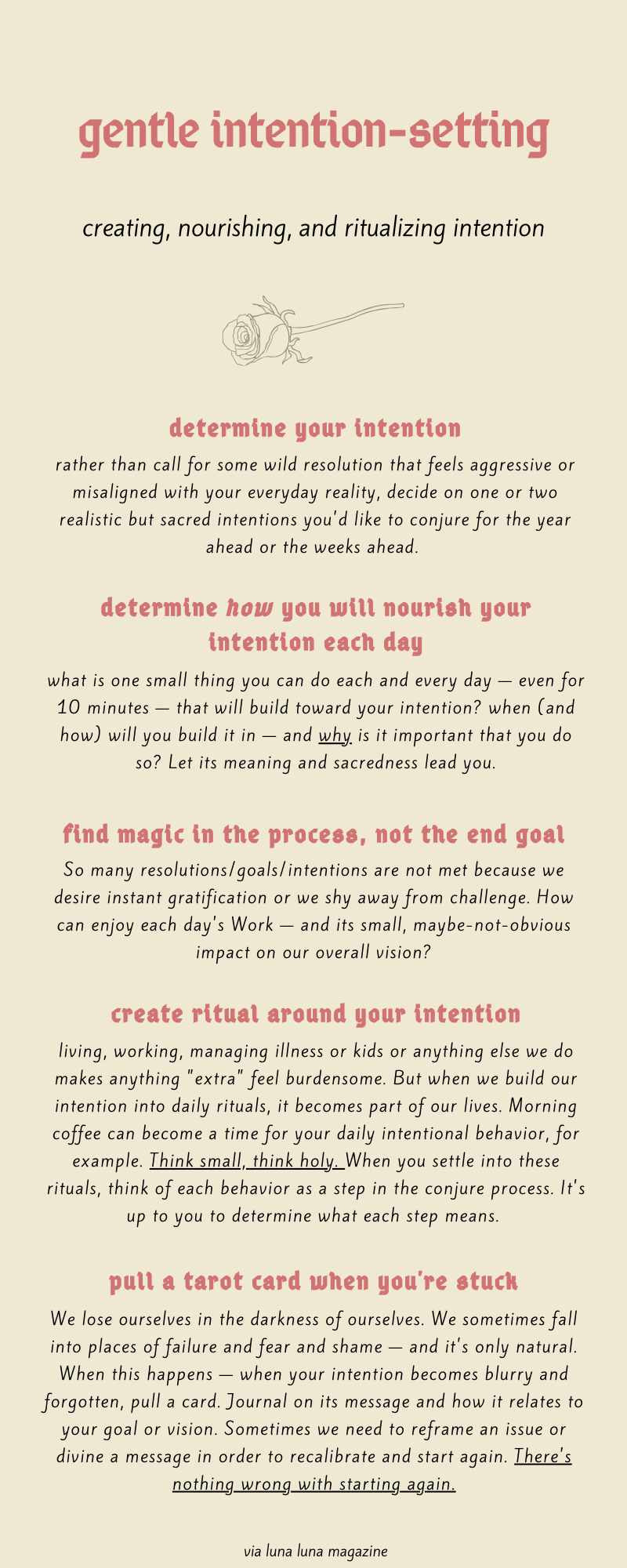BY PATRICIA GRISAFI
I decide Fiona Apple’s Fetch the Bolt Cutters will be the soundtrack to this miscarriage. As I get my things together—mask, extra mask, gloves, bottle of hand sanitizer, plastic baggie stuffed with wipes—I wonder if my album choice is cliché. Almost every critic has loved Fetch the Bolt Cutters, gushing about how it feels made for a quarantine.
The procedure to remove the dead fetus from my body is supposed to be about ten minutes long. I get on the M15 bus after a fifteen-minute walk and survey the passengers sitting quiet and masked in their seats like a de Chirico painting. Then I make a playlist called “Miscarriage.” The songs are “Newspaper,” “Under the Table,” and “For Her,” all songs about patriarchal abuse and trauma.
This is my fourth miscarriage—sixth if you count chemical pregnancies, which the doctors do—but I’ve never had a vacuum aspiration before. All my procedures have been D&Cs under sedation. However, with New York City hospitals full of COVID-19 patients, my best bet is an in-office procedure. I am disappointed I won’t be knocked out.
In the waiting room, three heavily pregnant women fuss with their phones. I think of my two-year-old son at home, getting ready for nap-time. My husband sends me updates on the situation: “he’s chattering too much,” “oh, he’s quiet now.” I miss my husband’s presence in that room, thinking of past surgeries when I emerged from sedation with a newly hollowed uterus to his embrace. But he’s not allowed to be here—patients must come alone. No husband and toddler in tow during quarantine.
I miss so many things, frivolous things. Sharing a morning muffin with my son at the dog park. Sipping margaritas with a chili salt rim on an outside patio. Wandering into Rite Aid for no reason. Perusing the shelves at the local bookstore with a cup of coffee. Family walks that don’t feel limned with disquiet.
The procedure will happen while I am laying down, my feet in the stirrups. Later, a lab will test the “materials of conception” from this pregnancy for chromosomal abnormalities. I won’t have to see what comes out of me—not like there will be much at eight weeks. “Embryonic demise” probably occurred at around week six or seven after the grim ultrasound when the doctor reported a feeble heartbeat and a too-tiny fetal measurement. I’ve been fixating on the fetus slowly dying inside me and then on my body as harbor for its corpse.
How can you not think about death during a pandemic? Since the day our family began sheltering in place, I had been carrying the small hope of that baby. On March 7th, I was inseminated in one of the anonymous rooms at Weil Cornell, my husband holding my hand as they threaded the catheter in. Afterwards, he played a heavy metal version of “Toss a Coin to Your Witcher” on his phone, and we laughed.
My first son was conceived this way—with the help of science after infertility flooded my body with doubt about my ability to have children. I dutifully went every other day to have my blood taken and my vagina probed. Between my first struggle to keep a pregnancy viable and all the subsequent losses, I found myself thinking about my uselessness as a woman in a world without medical intervention.
“In ancient Sicily, they’d have thrown me in the prickly pear bushes, maybe burned me. Maybe I’d be the village witch, like Strega Nona—except hated,” I had said, thinking about how much family meant to my genealogical constitution. A woman who couldn’t have children was a problem. A curse. She had done something to deserve infertility. Send her away.
My paternal grandmother did not want biological children, so deep was her fear of dying during childbirth. She even found a child to adopt in New Paltz, where my grandfather and she had a one room cabin for summers. My grandfather wanted his own child, and I imagine him saying no to the adoption and then forcing himself inside her and making my father.
This is not history, not fact. It’s my brain winding around the possible ways my family made a family. My grandmother didn’t have her only child until after eleven years of marriage—unusual for Italian Catholics during the 1930s. My mother tried to get pregnant for eleven years, submitting to every experimental procedure in the ‘70s and ‘80s until I was born—also an only child.
When my mother and I fight now, I think about what she put her body through for the slim chance of a child. Is reproductive trauma something the women in my family share, a story they’ve only been able to tell through their live births, a story otherwise hidden in the deepest parts of their selves? What kind of woman volunteers her body for this kind of repeat torture?
I’m ushered into the procedure room. The doctor gives me a Motrin. I’ve brought my own Klonopin because I’ve been on them forever. I wonder if I should take two instead of one. I take one.
The moment my feet hit the stirrups, I press “play.”
“Are you okay,” the doctor asks me.
“Yes,” I say, because I am a good patient but also because I know this must happen.
The doctor and her assistant try to shove metal accoutrements into my vagina with delicacy. It’s never pleasant, the speculum. Then there are the tubes. Then there is the anesthetic, which makes me feel high and chatty for about three minutes. I want to babble on and on about my child, to remind them I’m a mother and not a collection of losses.
Fiona Apple’s frenetic warble pierces me as they start the procedure. I try to focus on that voice, a voice that arches and peaks and trembles and breaks. A voice that is fragile but strong.
As the pain begins, so does “For Her,” and I think about the man who pinned me down and came on my face while I screamed and cried. I can’t help it. This asshole hops onto my nerves at unexpected times. I dig my nails into the fleshy cradle of my hands as Fiona sings, “Good morning, good morning, you raped me in the same bed your daughter was born in.”
The doctor finishes up. She’s been telling me all along how good I am doing.
“Rest for as long as you want,” she says as the last instrument is removed.
I haven’t shut off the playlist. Liz Phair’s “Fuck and Run” randomly comes on, and I feel like laughing and crying at the same time.
It takes twenty minutes to hail a cab. Finally, one stops. It is a van with a plexiglass barrier window, and I feel grateful. I open the window with my gloved hand. They’re garden gloves, the kind I use to repot the easy plants I keep killing in my apartment. I hear the whipping of wind on the FDR, the thrum of pavement under the wheels.
My son is asleep when I quietly step into the apartment. My husband holds me tightly.
“I’m so tired,” I tell him, like a child who wants to be taken care of. “Can you tuck me into bed?”
Whenever I have a miscarriage, I feel like a failure. The eggs too old? The lining of my uterus not thick enough? The questions are endless. The disappointment hangs like a heavy curtain.
During a pandemic, it’s worse. There’s an irritating urgency and a paralyzing fear about when we can start to try and expand our family again. The fertility clinic will eventually reopen, but when will the world? When will it be safe to travel for blood-taking and hormone-monitoring? For poached eggs and harissa? For play dates and bang trims?
In the meantime, I make cocktails with lemon and whiskey. I draw owls for my son. I shave my armpits but not my legs. I stare out the window. When my husband and I begin work, I put on Peppa Pig and plop my child into his high chair.
But my professional life suffers for the love of being around my son. I stop to pet him, fetch more goldfish crackers, kiss his head. And then I want to sleep, like the protagonist of Ottessa Moshfegh’s My Year of Rest and Relaxation. Sleep right through the plague, sleep through the fear, sleep through future fertility treatments. Wake up like Giambattista’s Basile’s Italian Sleeping Beauty, a surprise baby suckling at her breast. Forget that Prince Charming raped and impregnated her while she was unconscious.
Pregnancy destabilizes your sense of self. It changes you. In some cases, fetal DNA remains in our bodies long after a child is born. This phenomenon is called microchimerism after the mythological creature composed of many parts, usually depicted as a lion with the head of a goat and a tail trailing off to a snake’s head. If a pregnant woman is not a chimera, I don’t know what is.
When I was younger and learned about viruses for the first time in science class, I was terrified. There is still something about a virus that frightens me. I’ve had the chicken pox, I’ve had the flu. The first time I had a wart on my finger, I cried for days. The idea that viruses never really leave, that they exist inside of us in various states of dormancy or activity forever, made me afraid of my body’s uncontrollability.
I think about bodies constantly now—permeable, malleable, capable at times and utterly useless at others. Sacks heaving in and out. A contemptible, fickle uterus. Contracting or relaxing the pelvis as fetal tissue is aspirated. Mouths releasing clouds of germs. The touch of my child’s hand as I guide him on makeshift Pikler triangle made from the side of his crib propped up against the couch because we can’t go to the playground anymore.
“Mommy, hold hand, please,” he says extending his chubby little paw, attempting to make his way down the ladder.
“I’ve got you,” I say.
We soldier on.
The last song on Fetch the Bolt Cutters is called “On I Go.” With its repetitive lyrics about repetition set against atonal cacophony, it feels like a woman scraping at the walls of her mind, her body, the apartment she’s trapped in while a pandemic rages outside.
"On I go, not toward or away
Up until now it was day, next day
Up until now in a rush to prove
But now I only move to move.”
It’s not a pleasant listen. Maybe it feels too sharp right now, prodding at a wound. But I understand what’s at stake, the overwhelming desperation to have agency over life only to find the attempt futile and give up. Or perhaps it’s a kind of triumph—reclaiming the conditions of one’s journey.
The day after my procedure, I walk gingerly between the bedroom to lay down in silence and the living room to lay down in chaos. This is the choice I can make. There is no real movement, no escape except for short, nerve-wracking walks on the East River that are actually practices in weaving and swerving. Time feels suspended—our family on pause. My body on pause. My life on pause.
Right now, I only move to move.
Patricia Grisafi, Ph.D., is a freelance writer and editor. She writes about mental health, popular culture, film and literature, gender, and parenting. Her work has been featured in The Guardian, LARB, Salon, VICE, Bustle, Catapult, Narratively, The Rumpus, Bitch, SELF, Ravishly, Luna Luna, and elsewhere. She lives in New York City with her husband, son, and two rescued pit bulls. She is passionate about horror movies and animal rescue.

